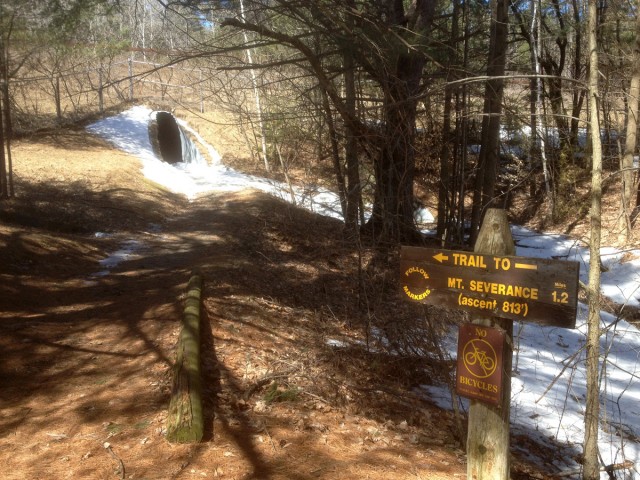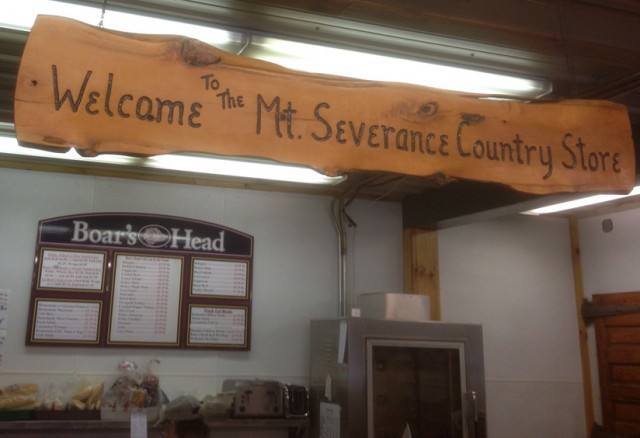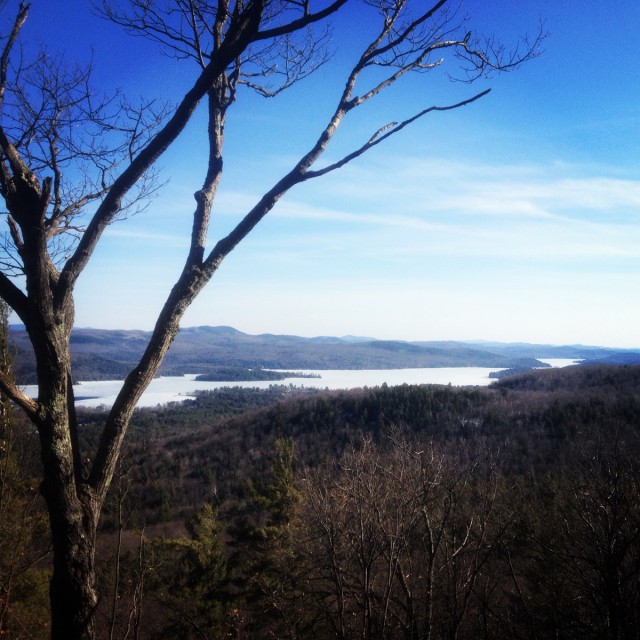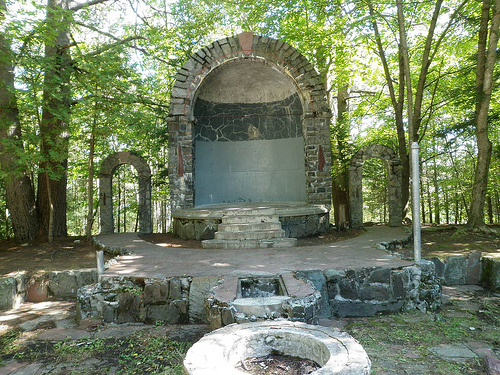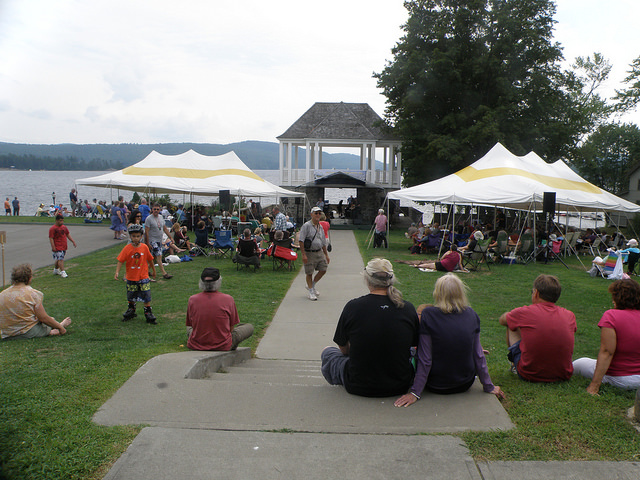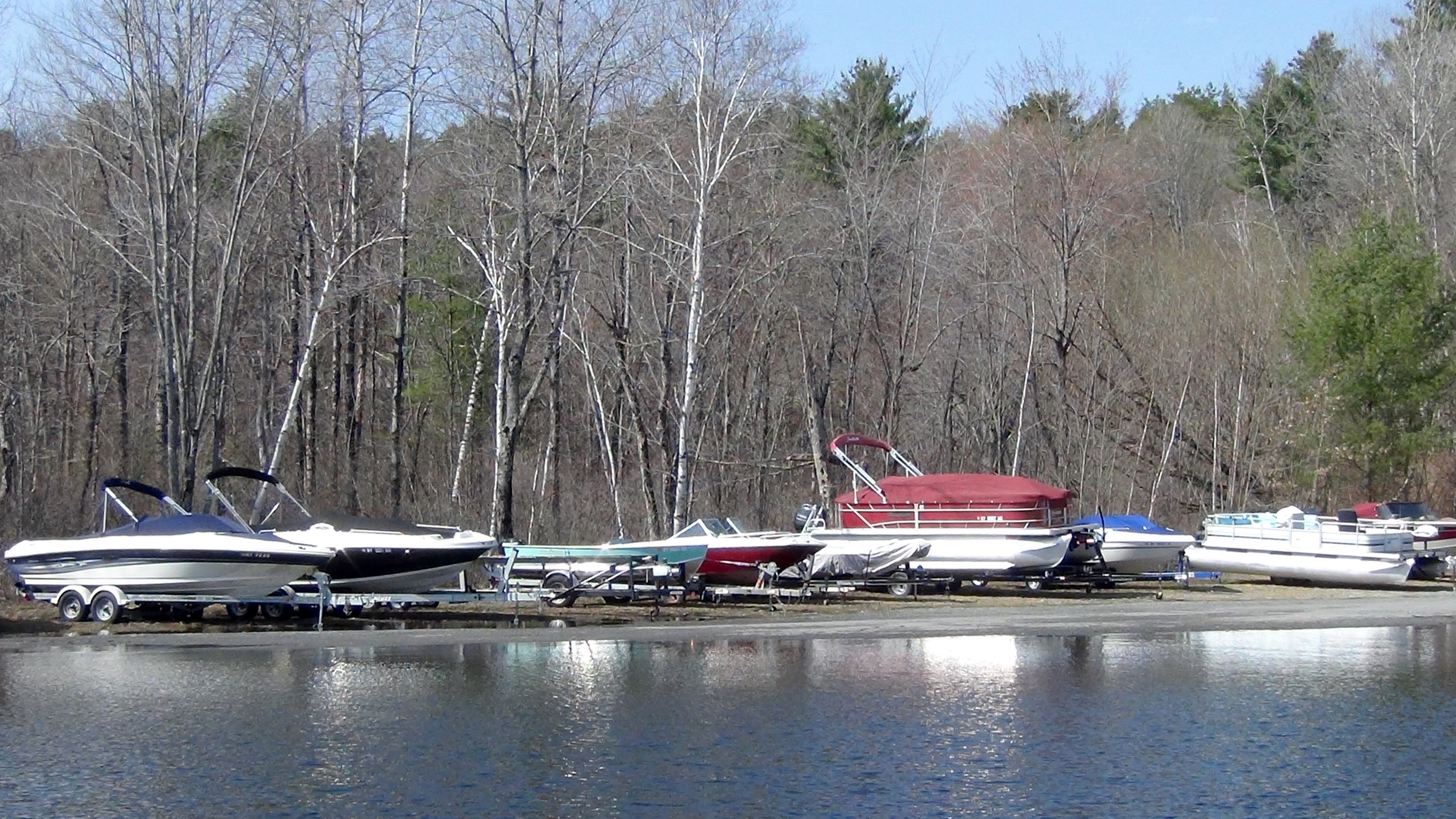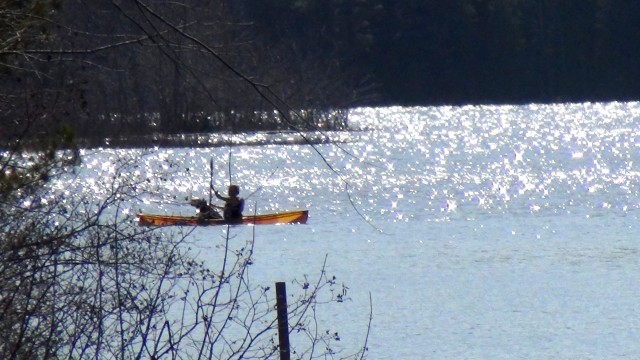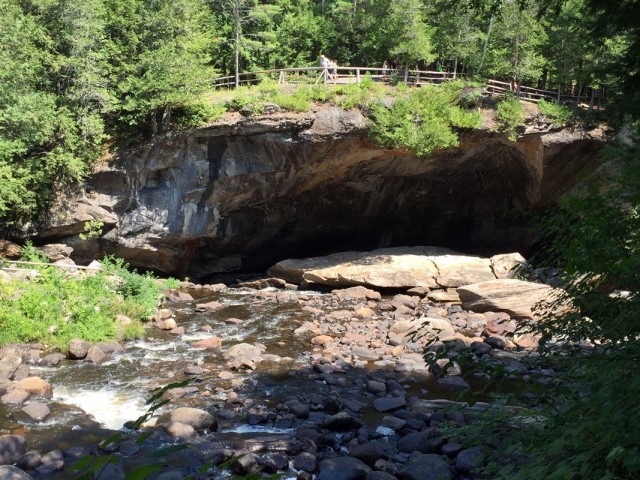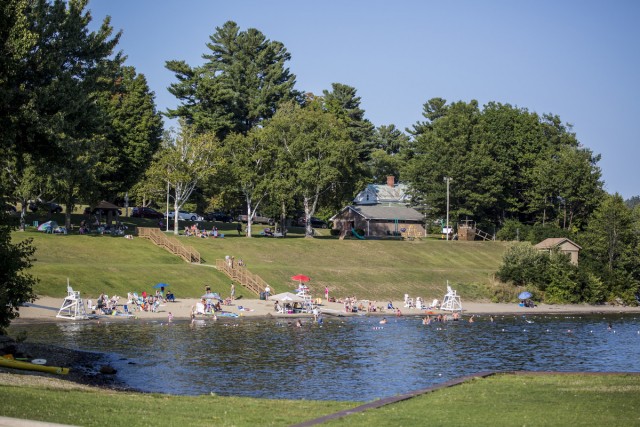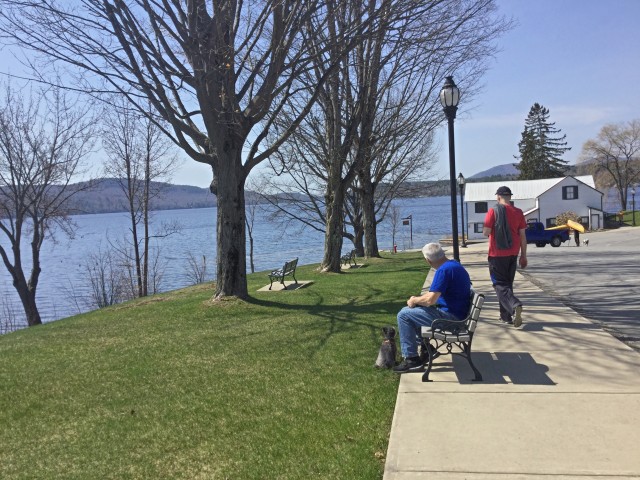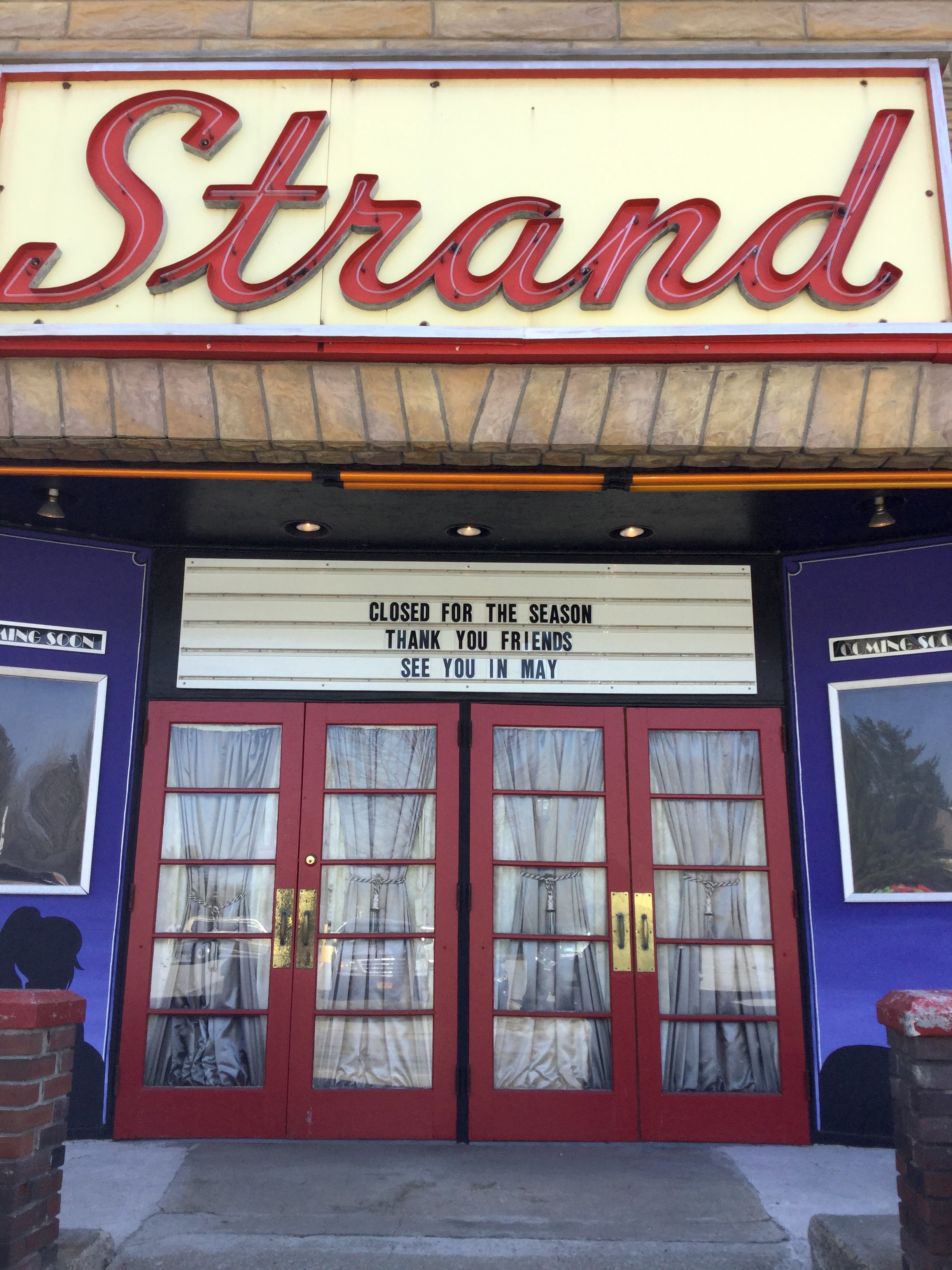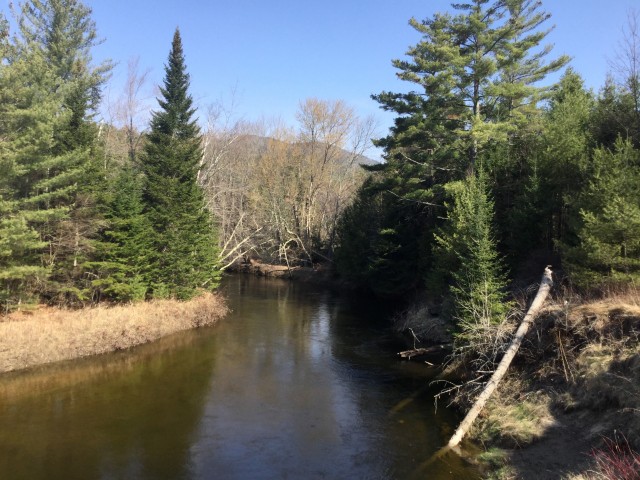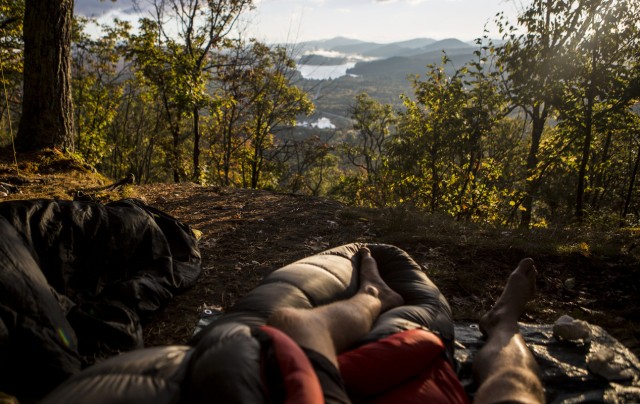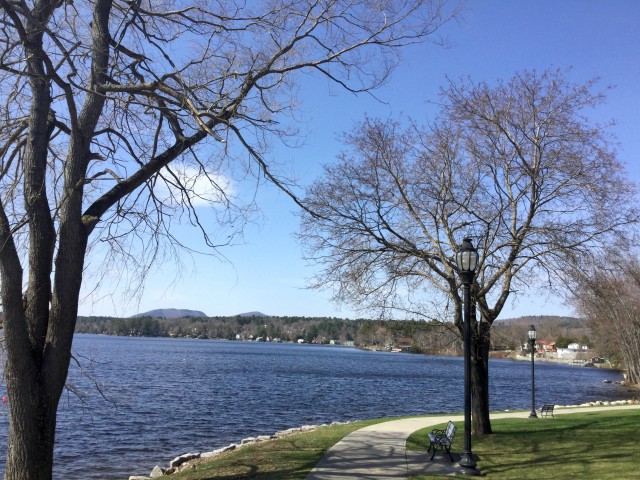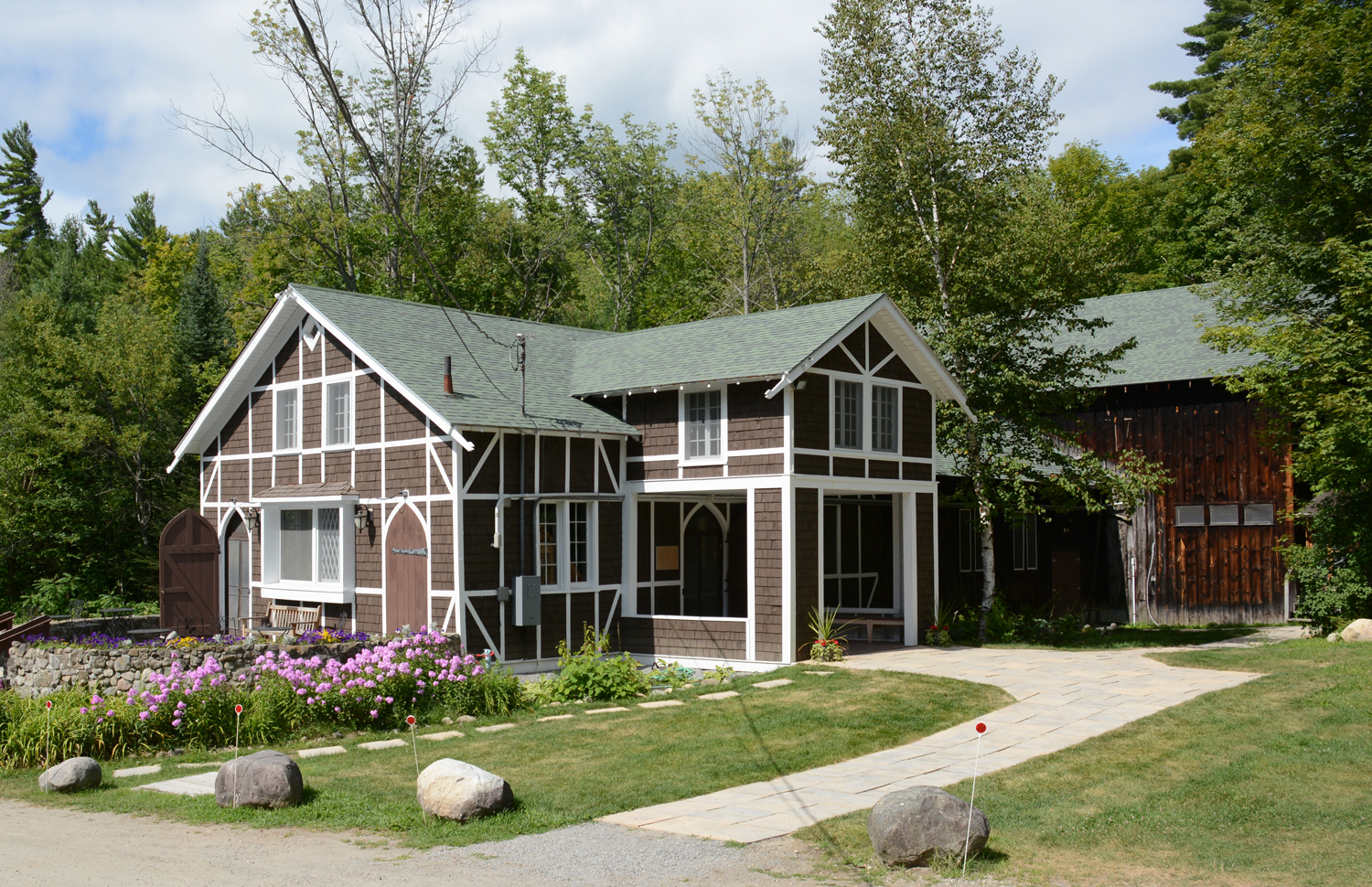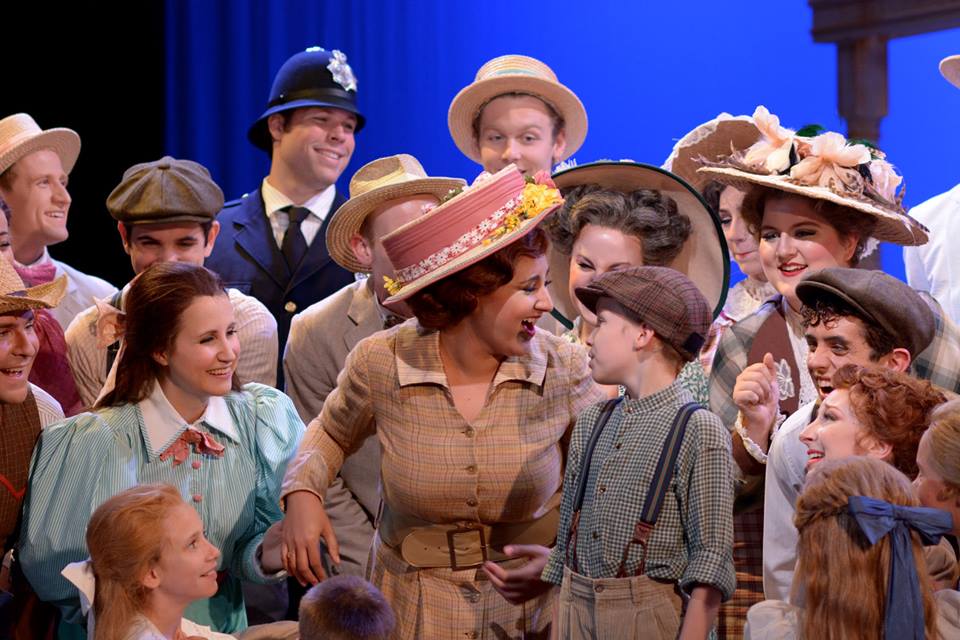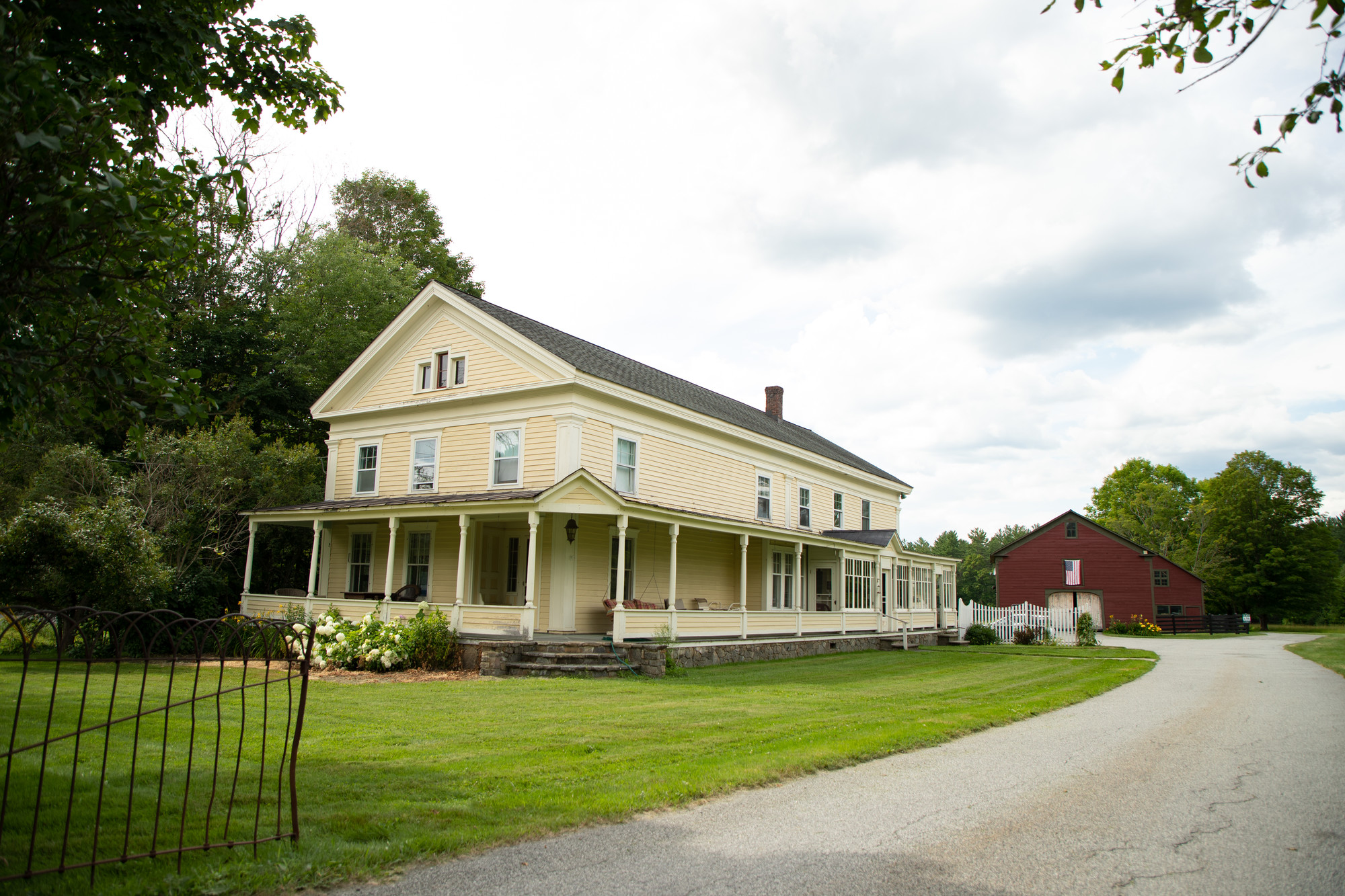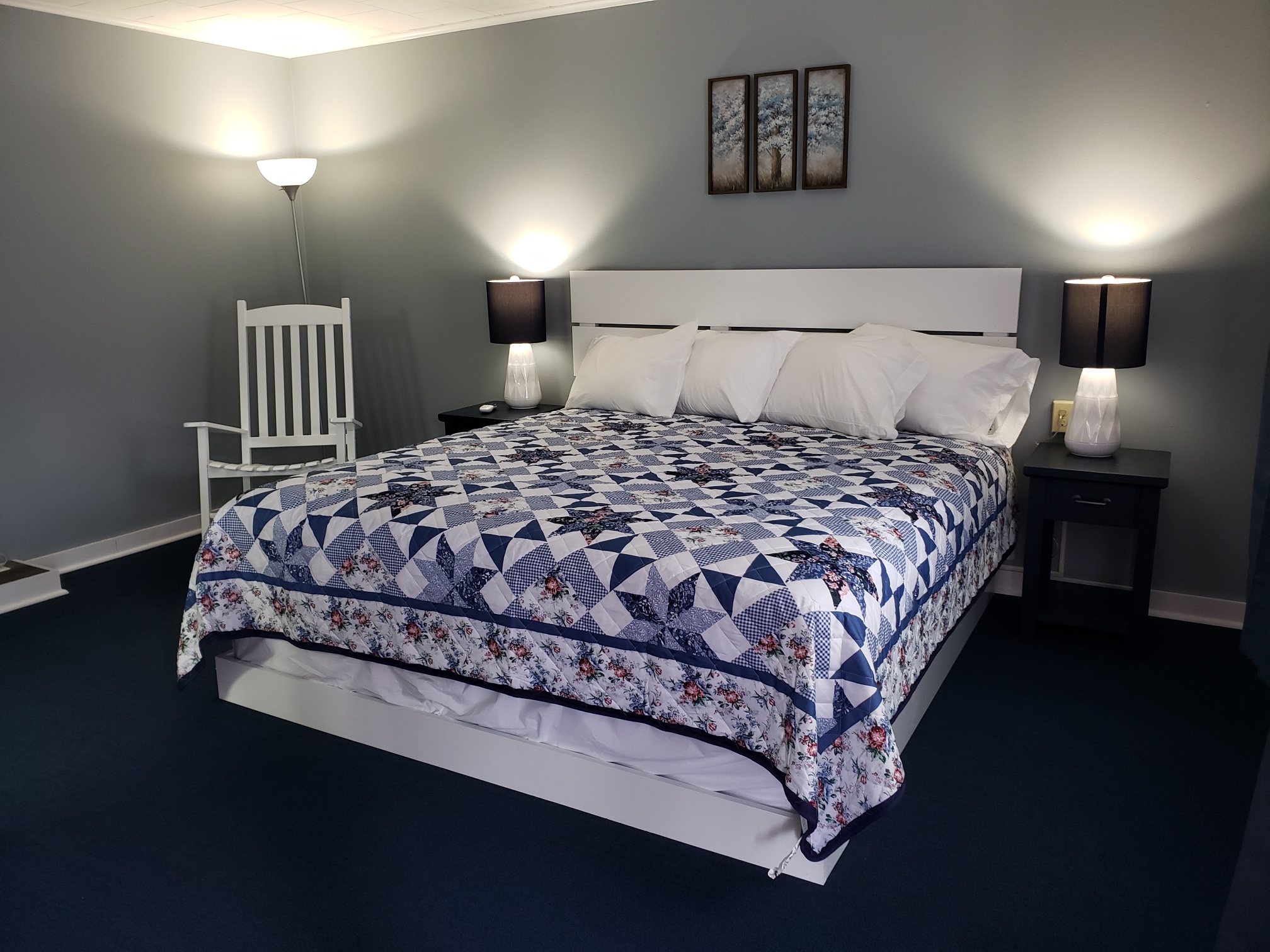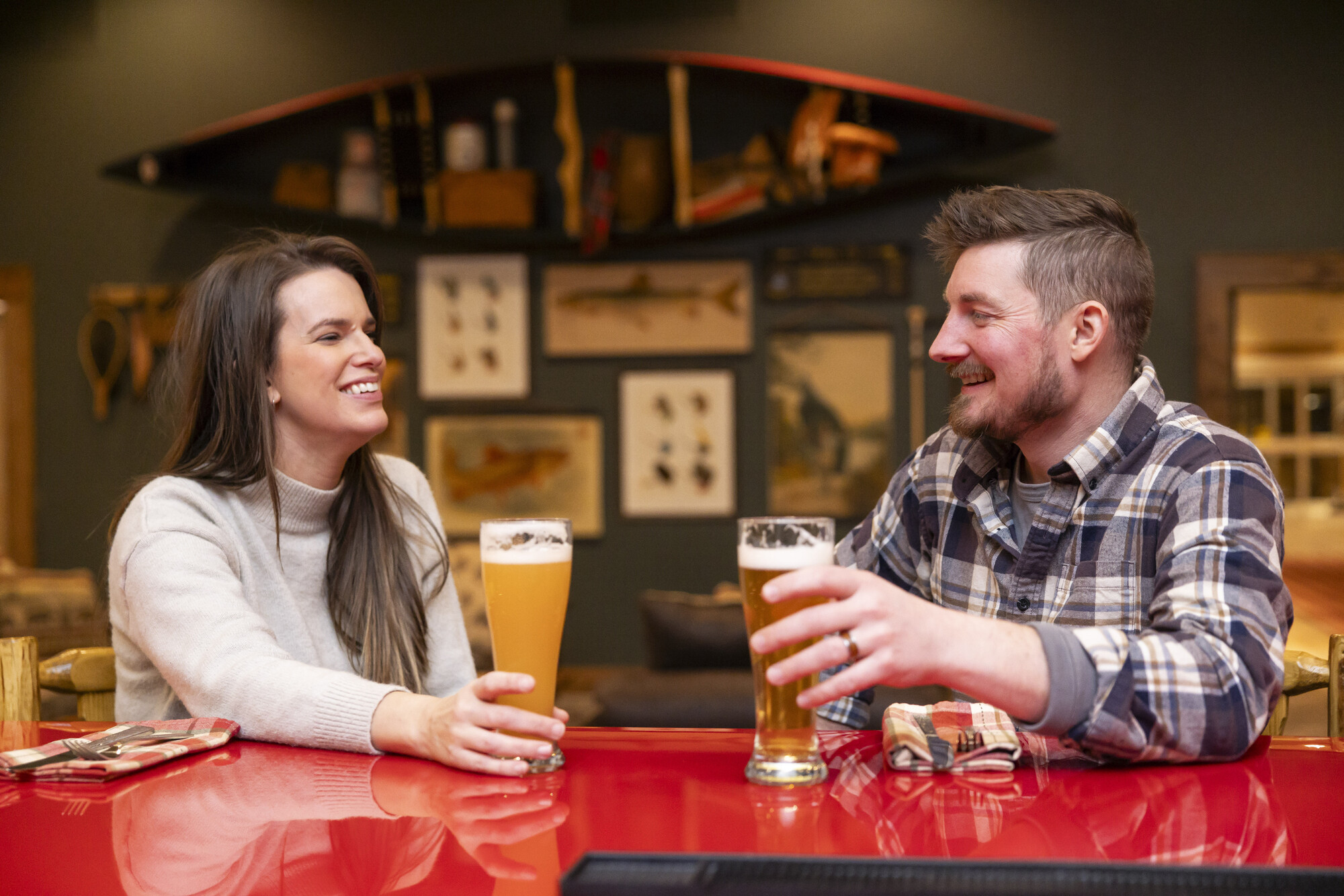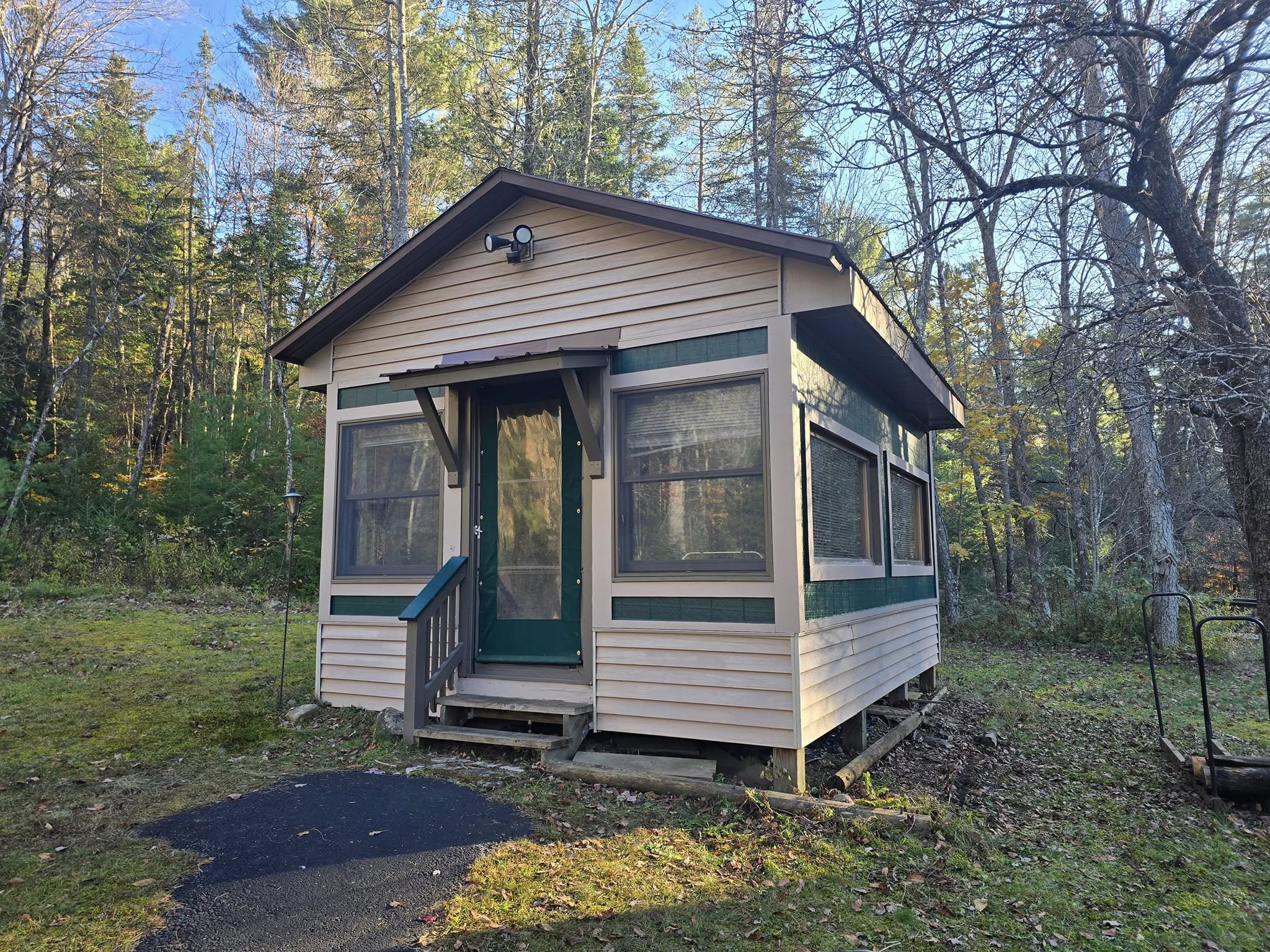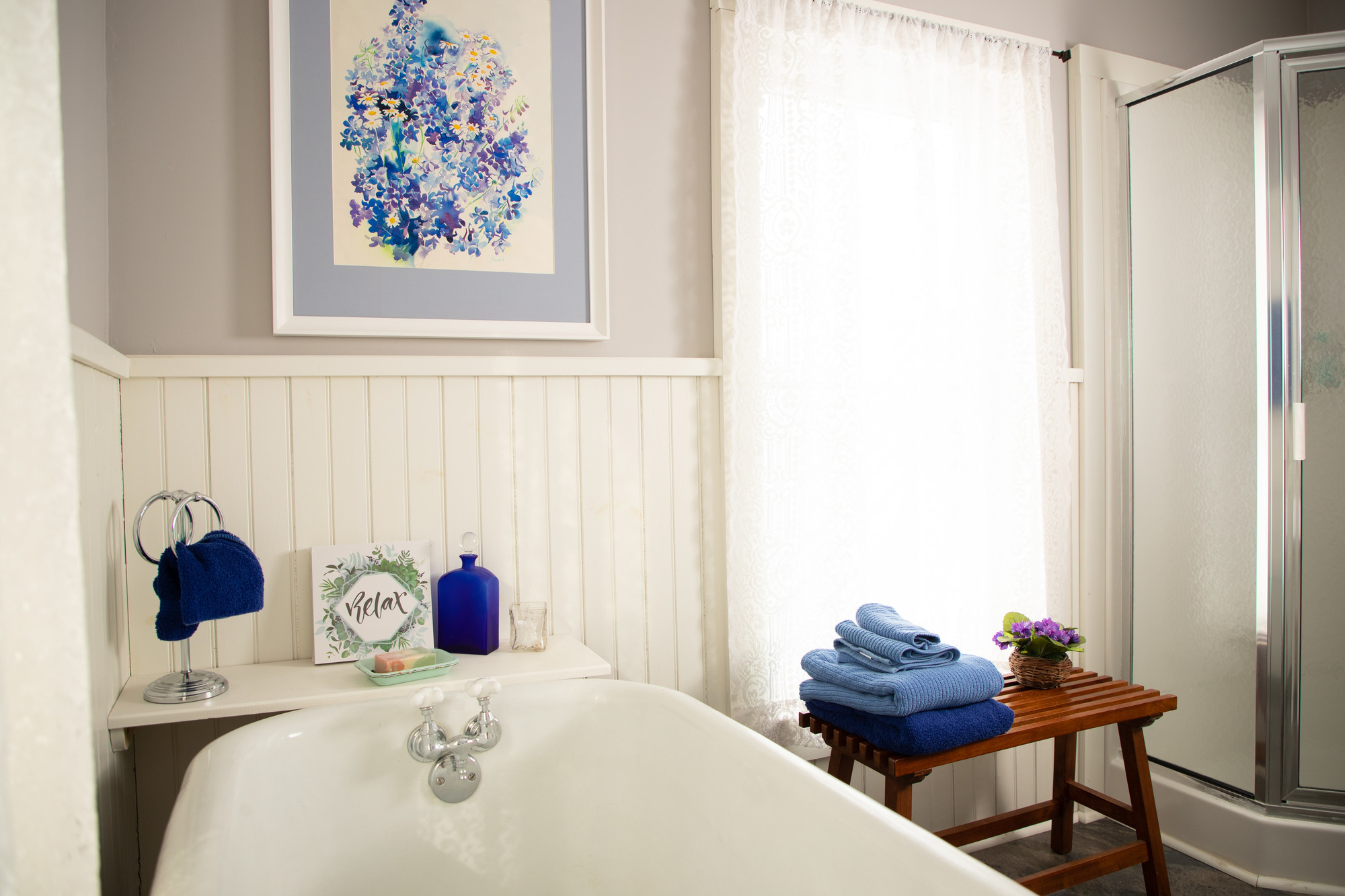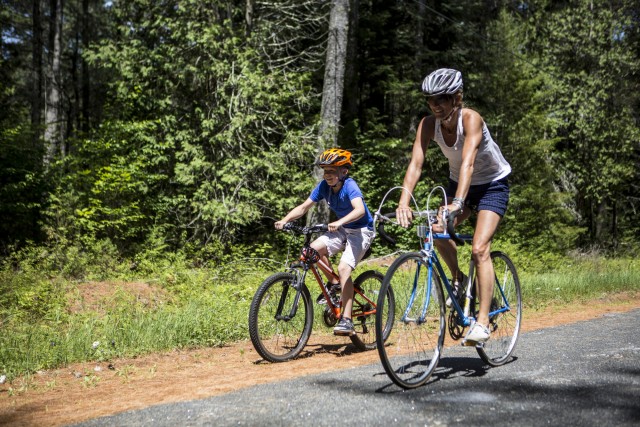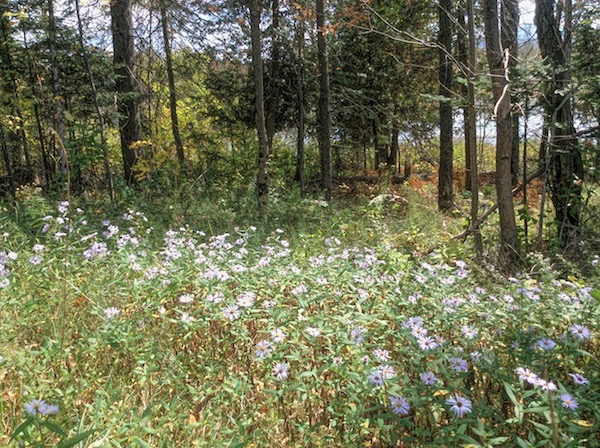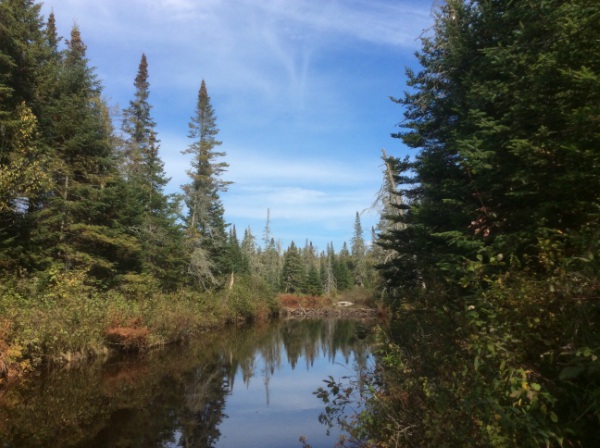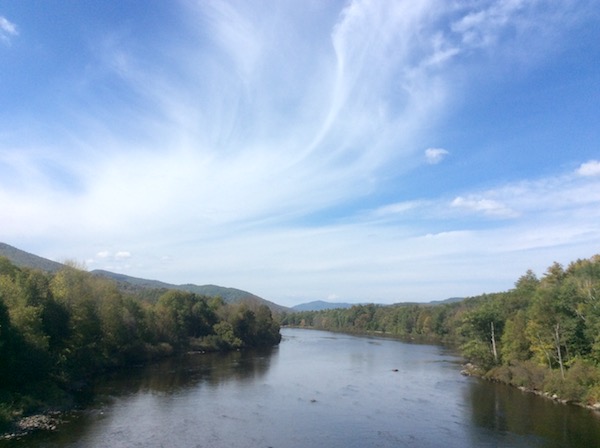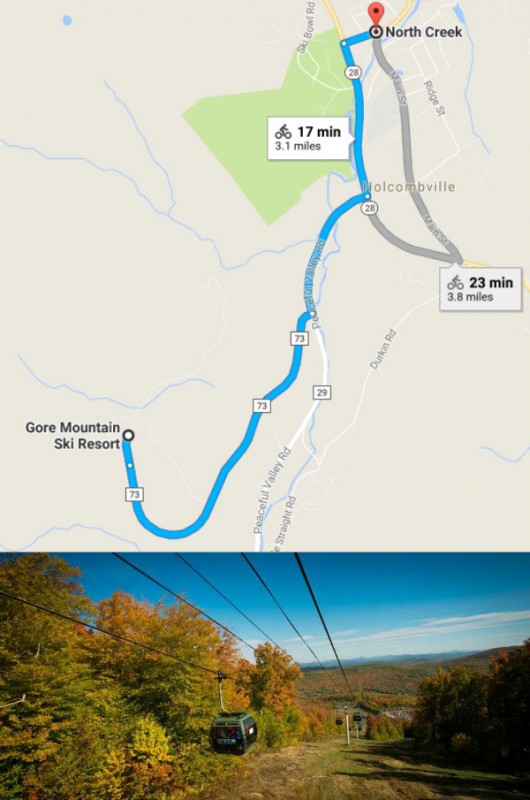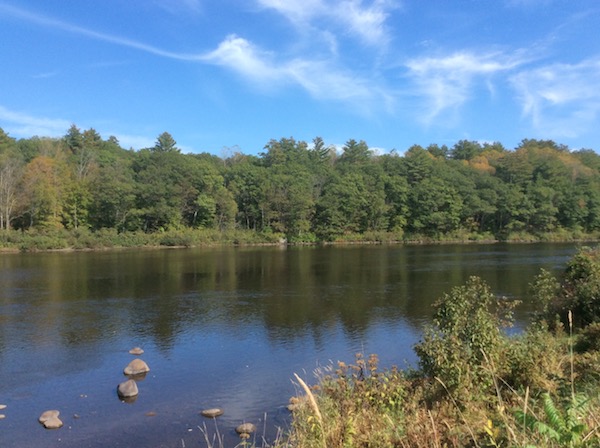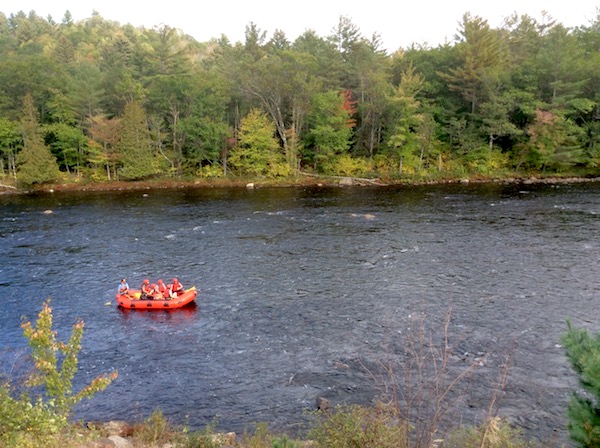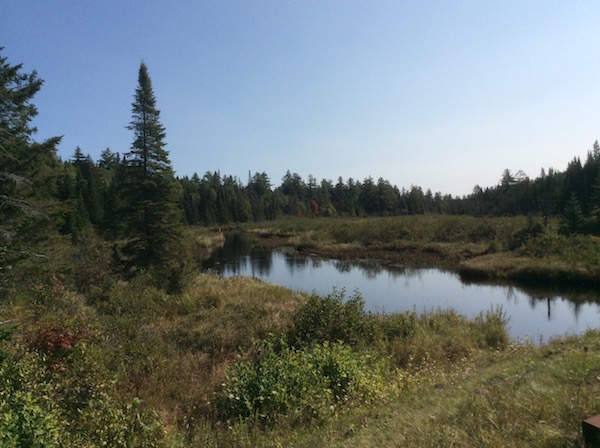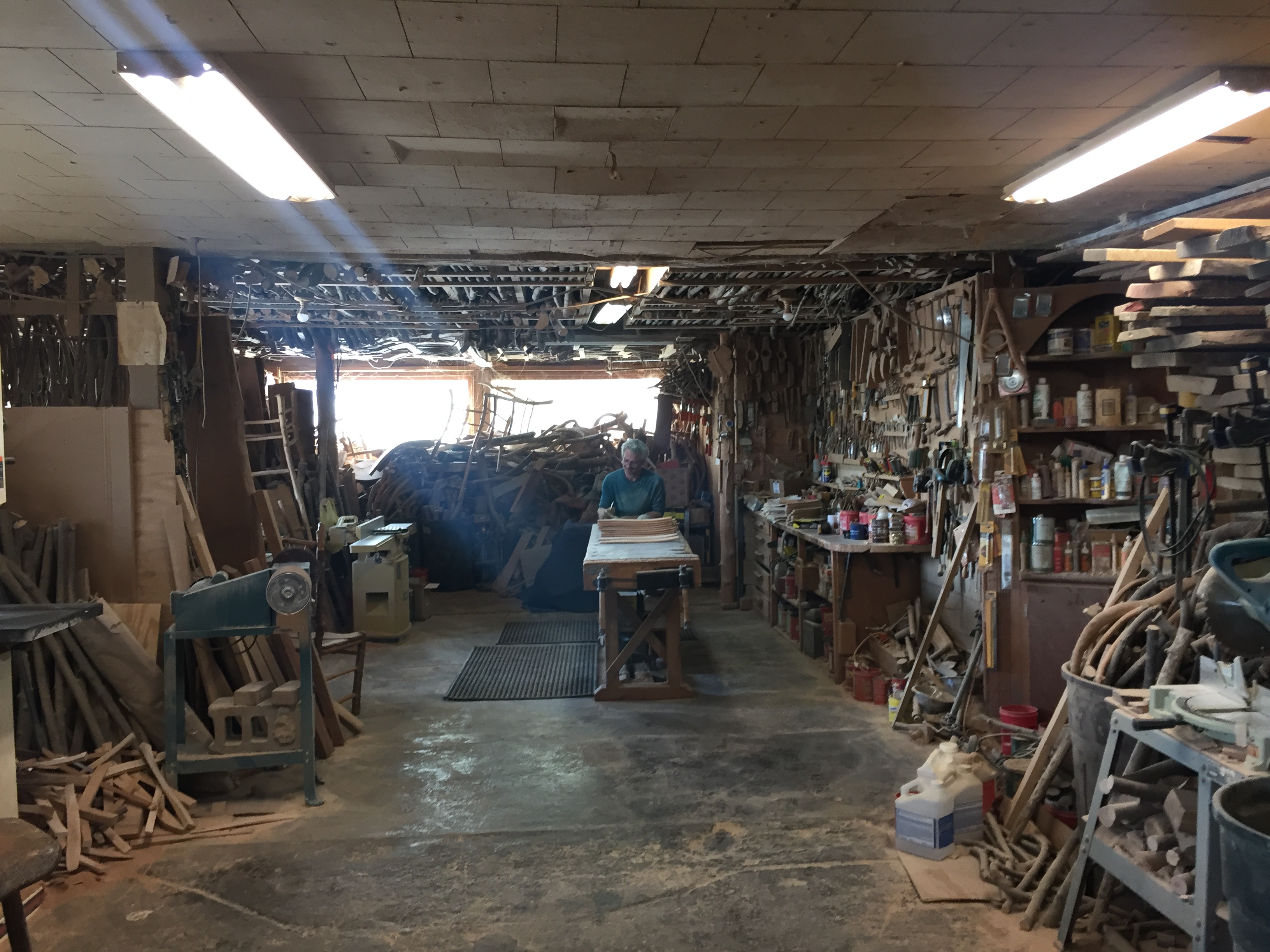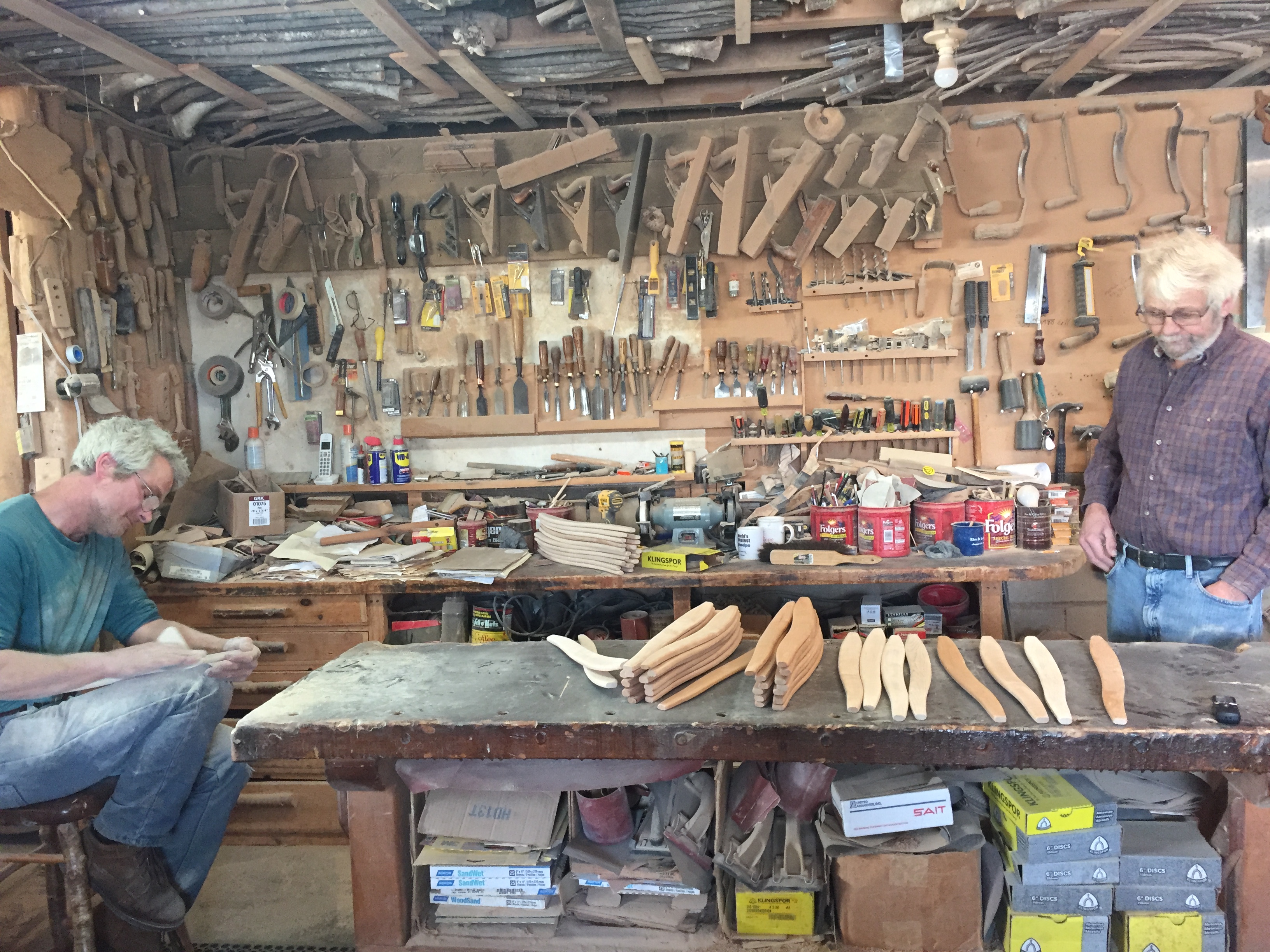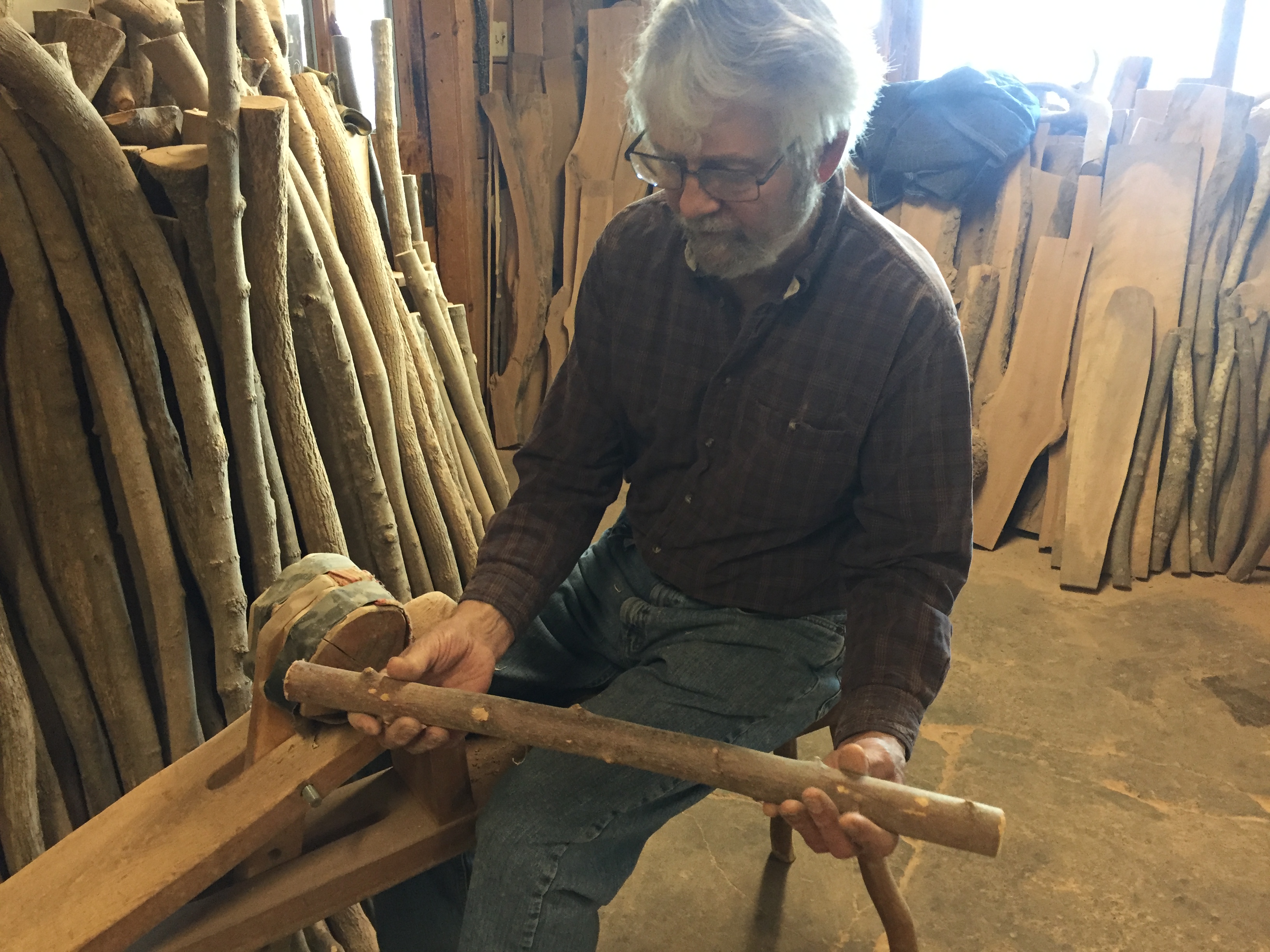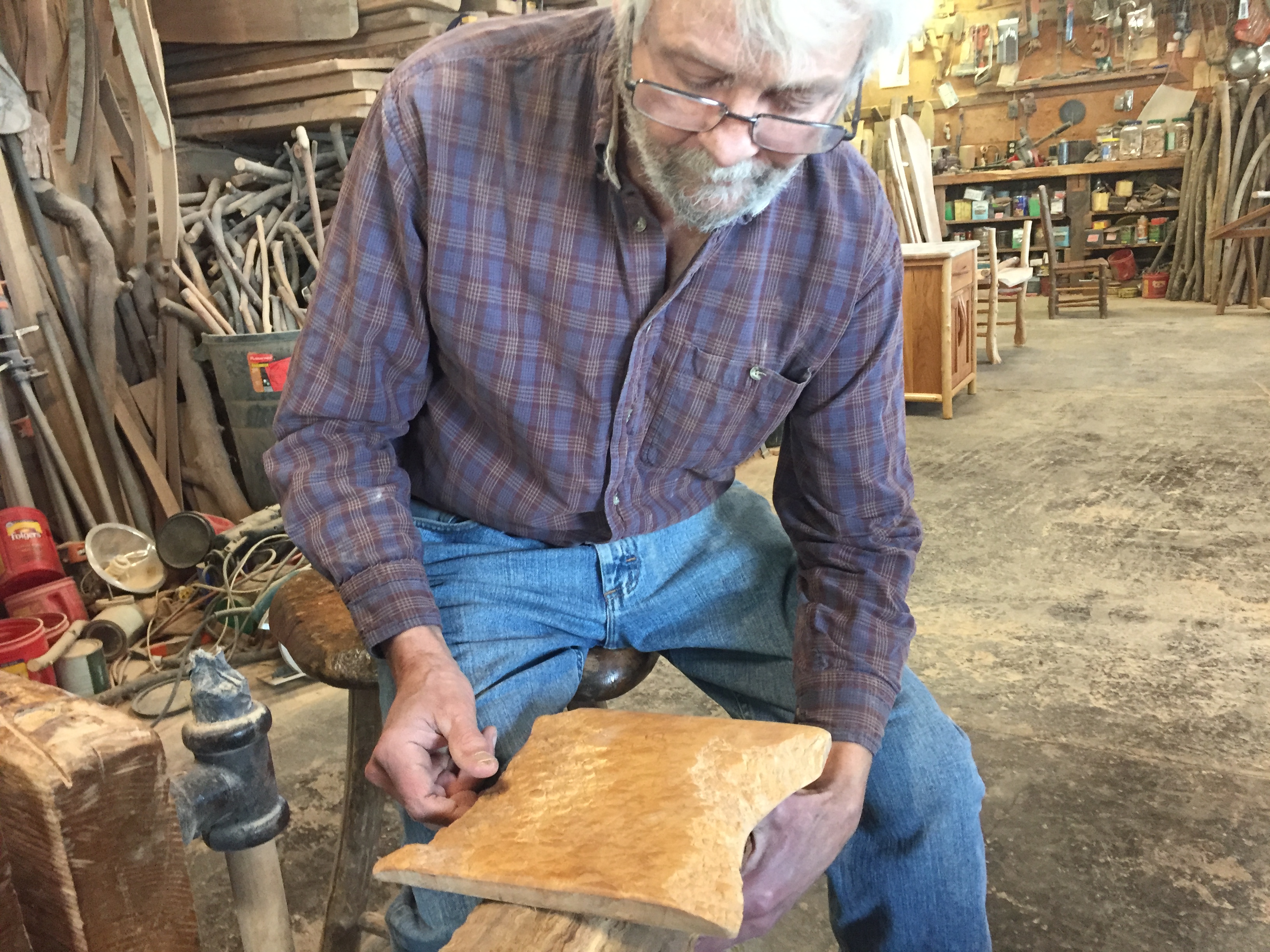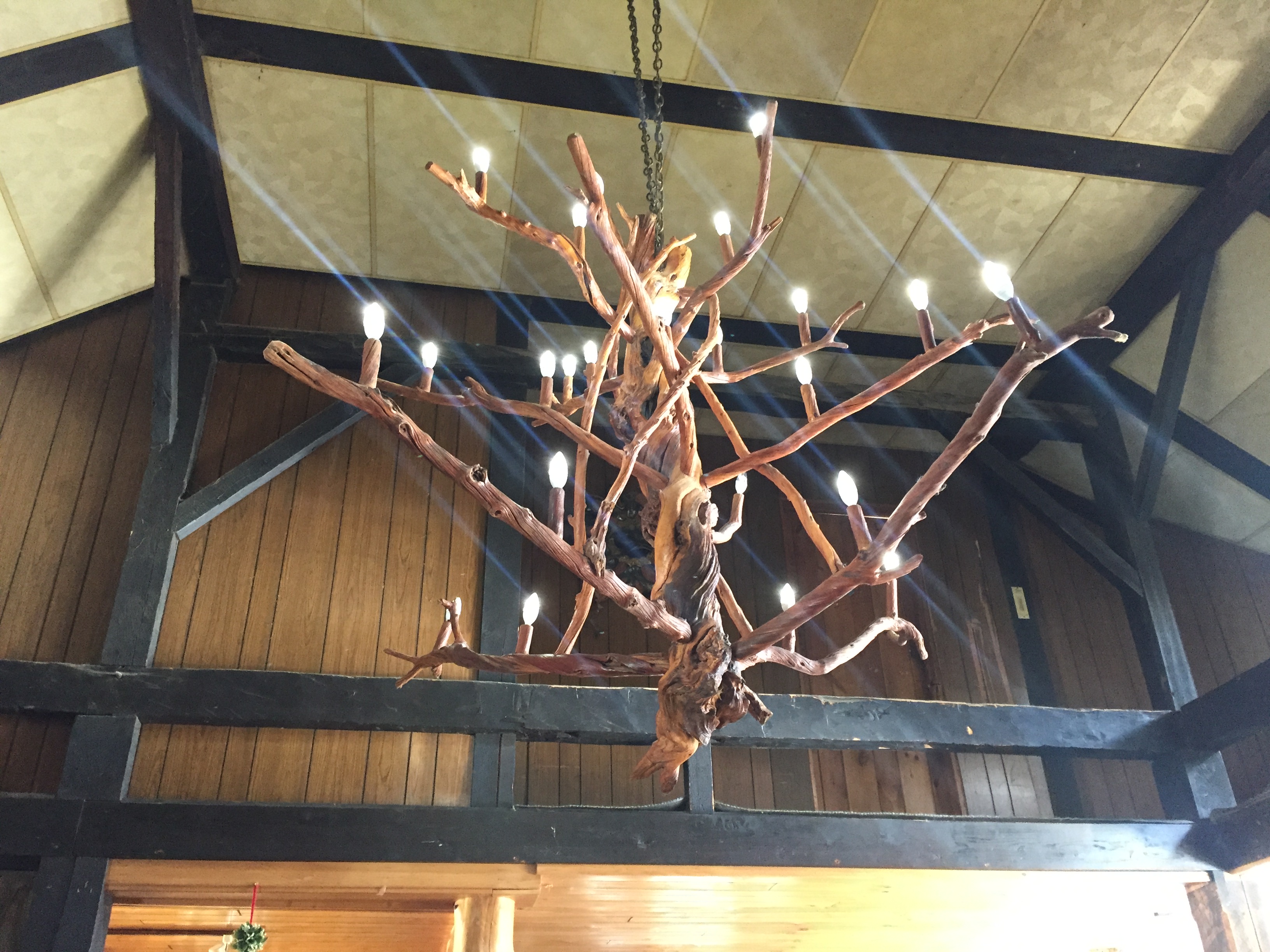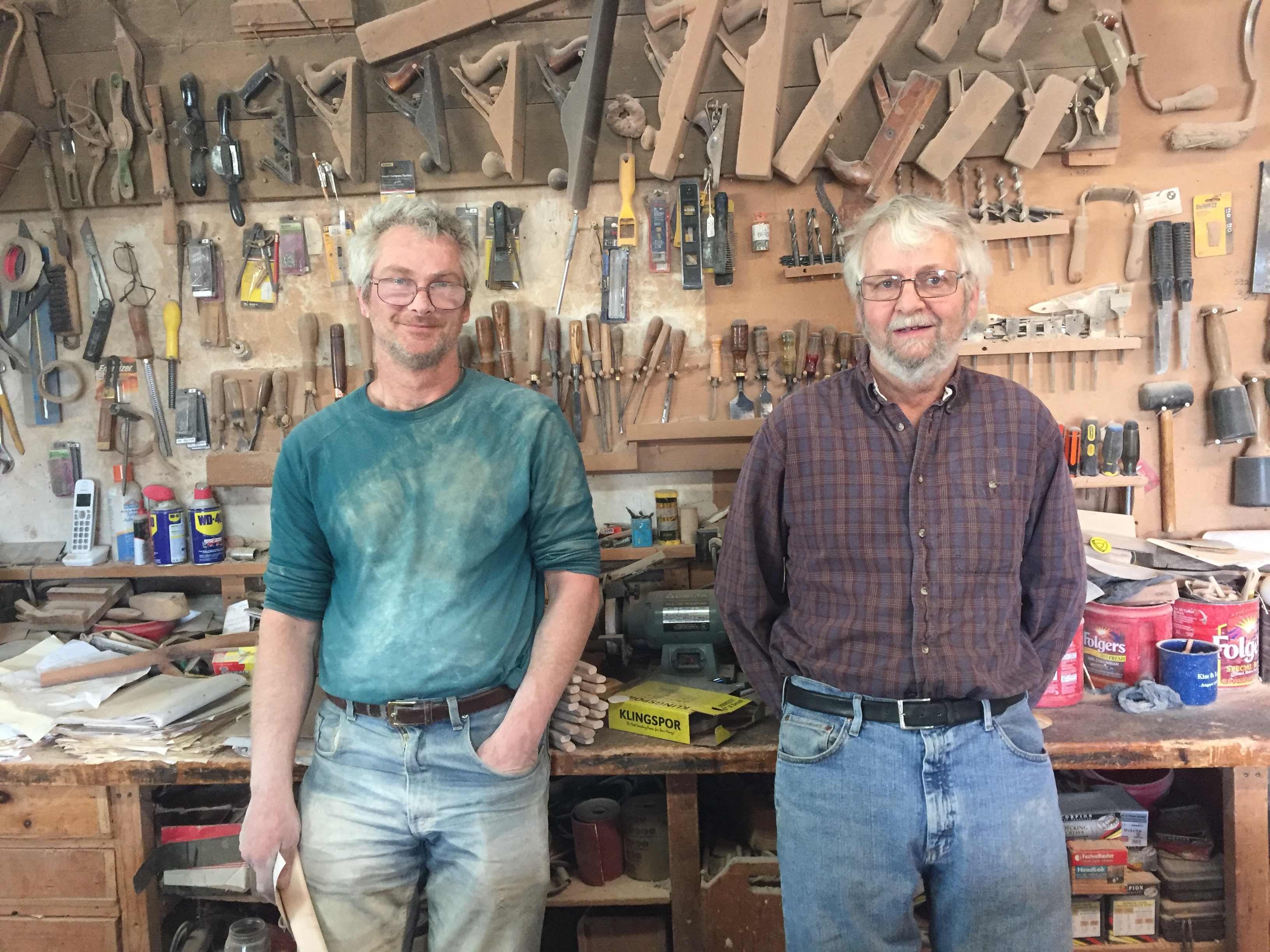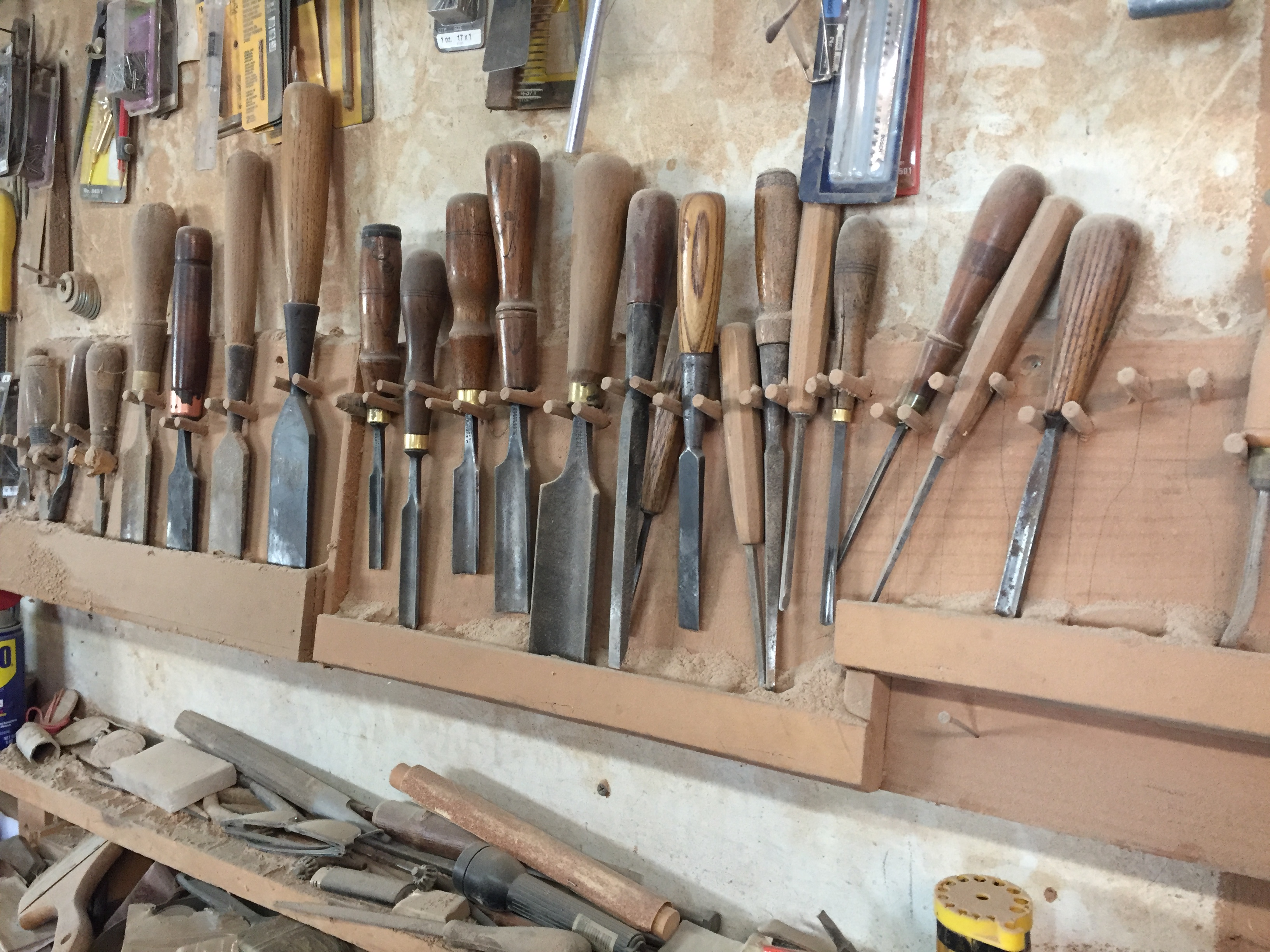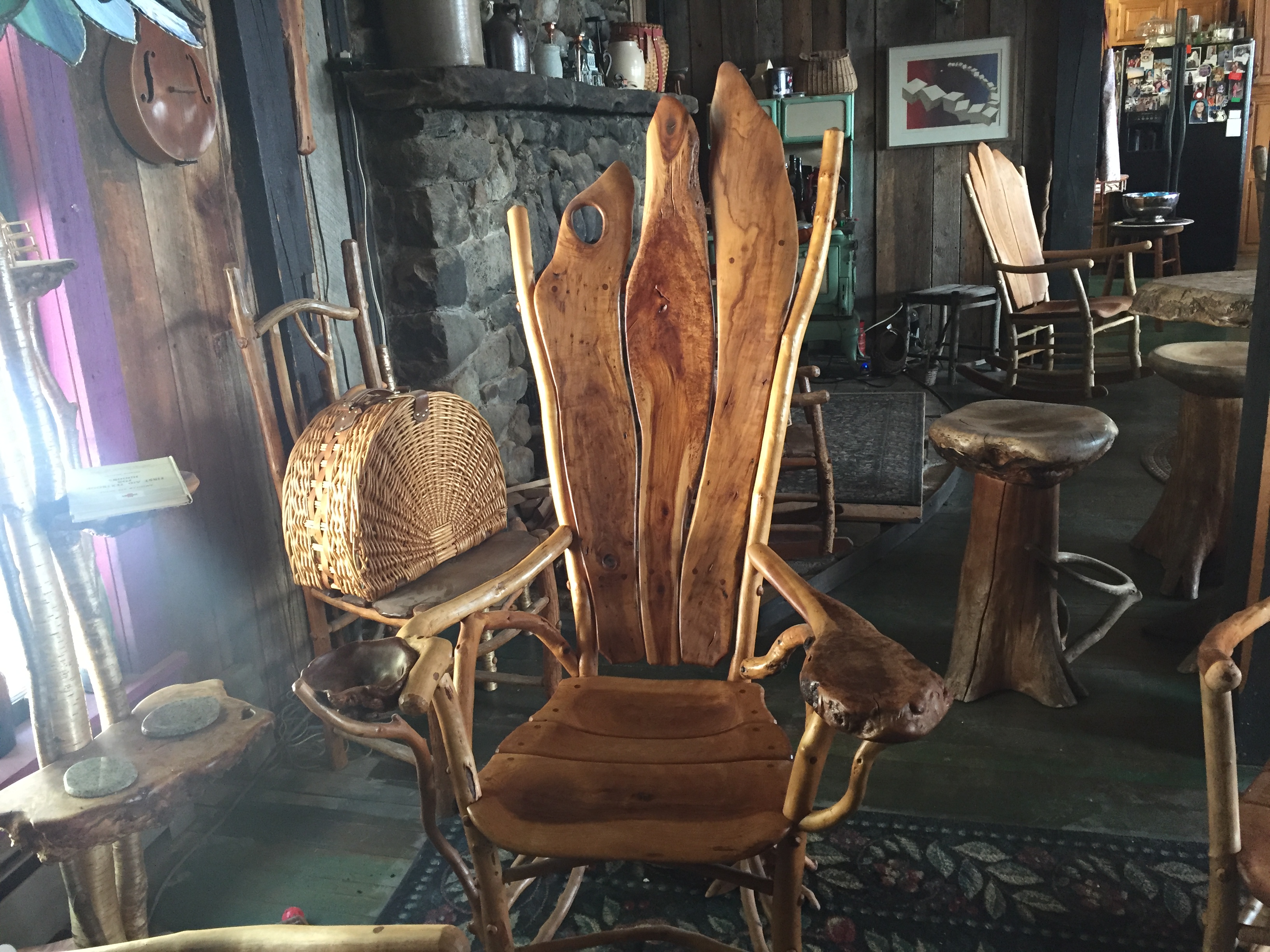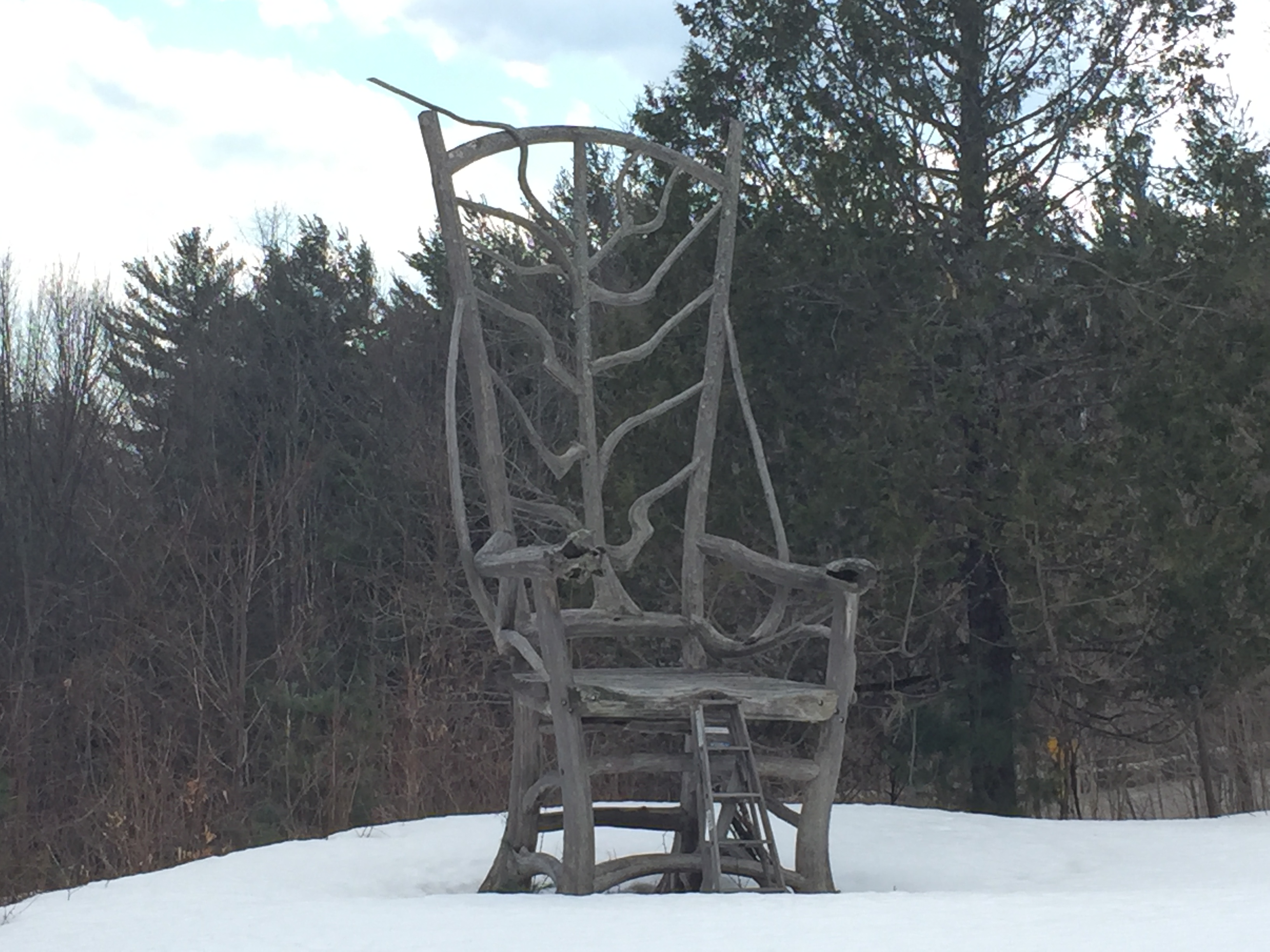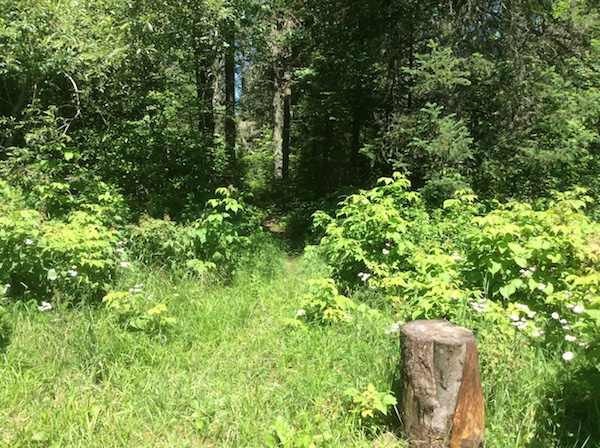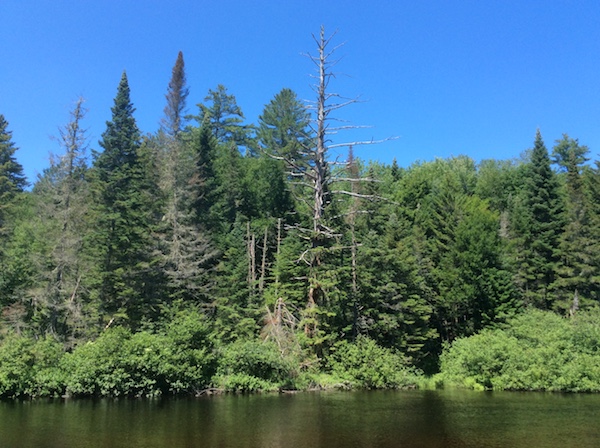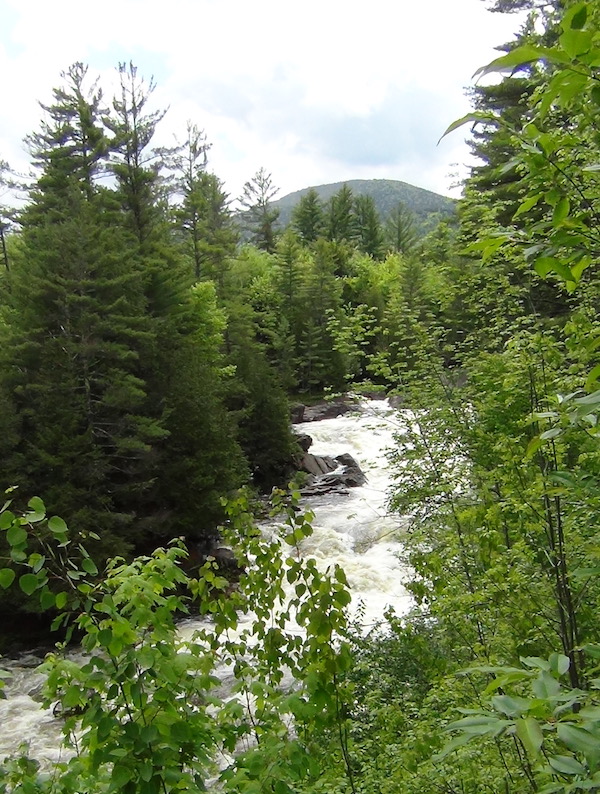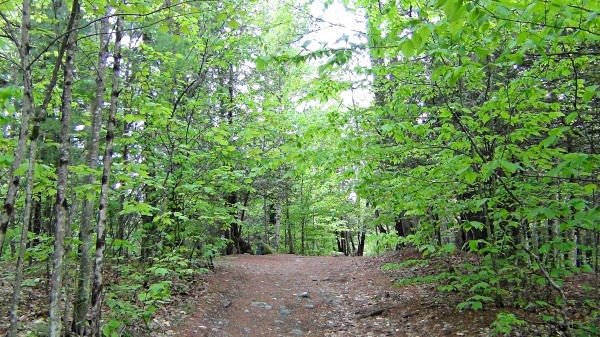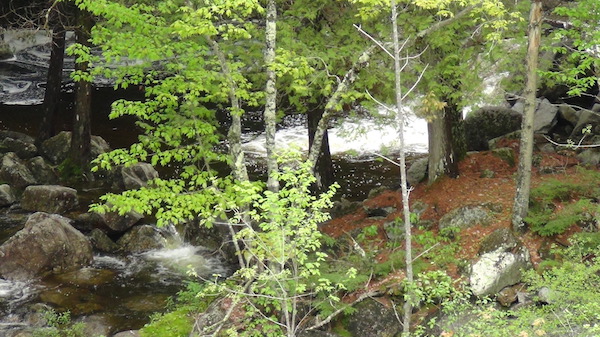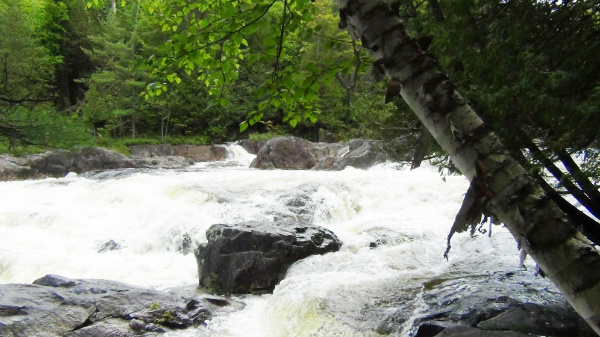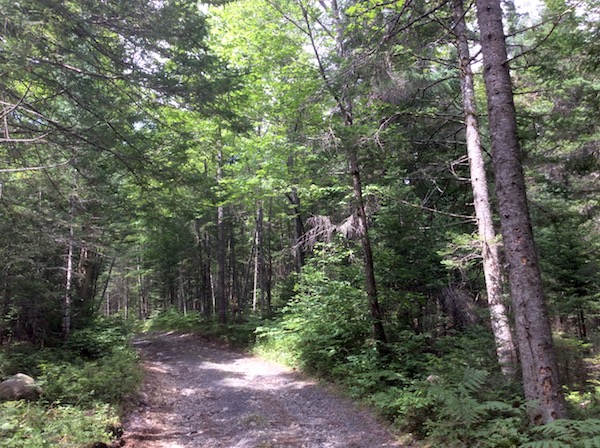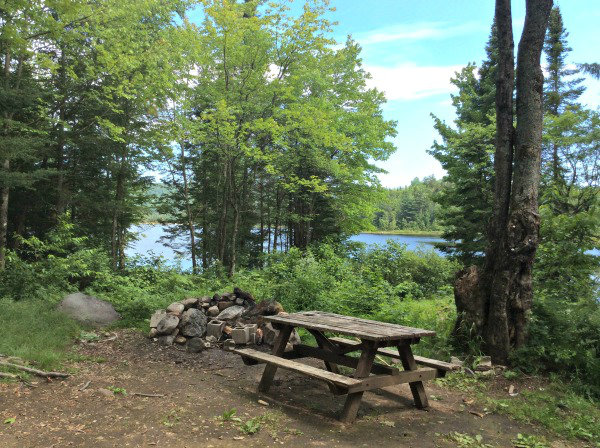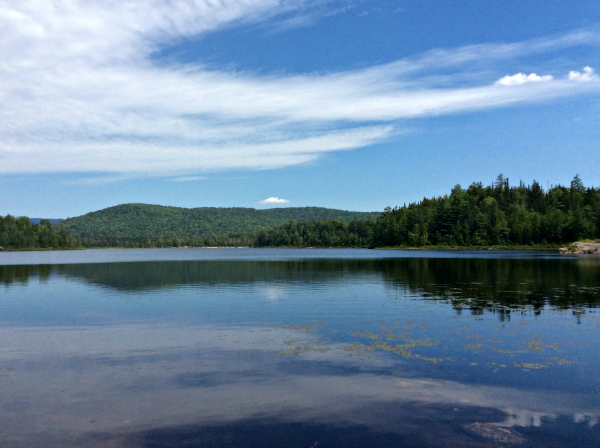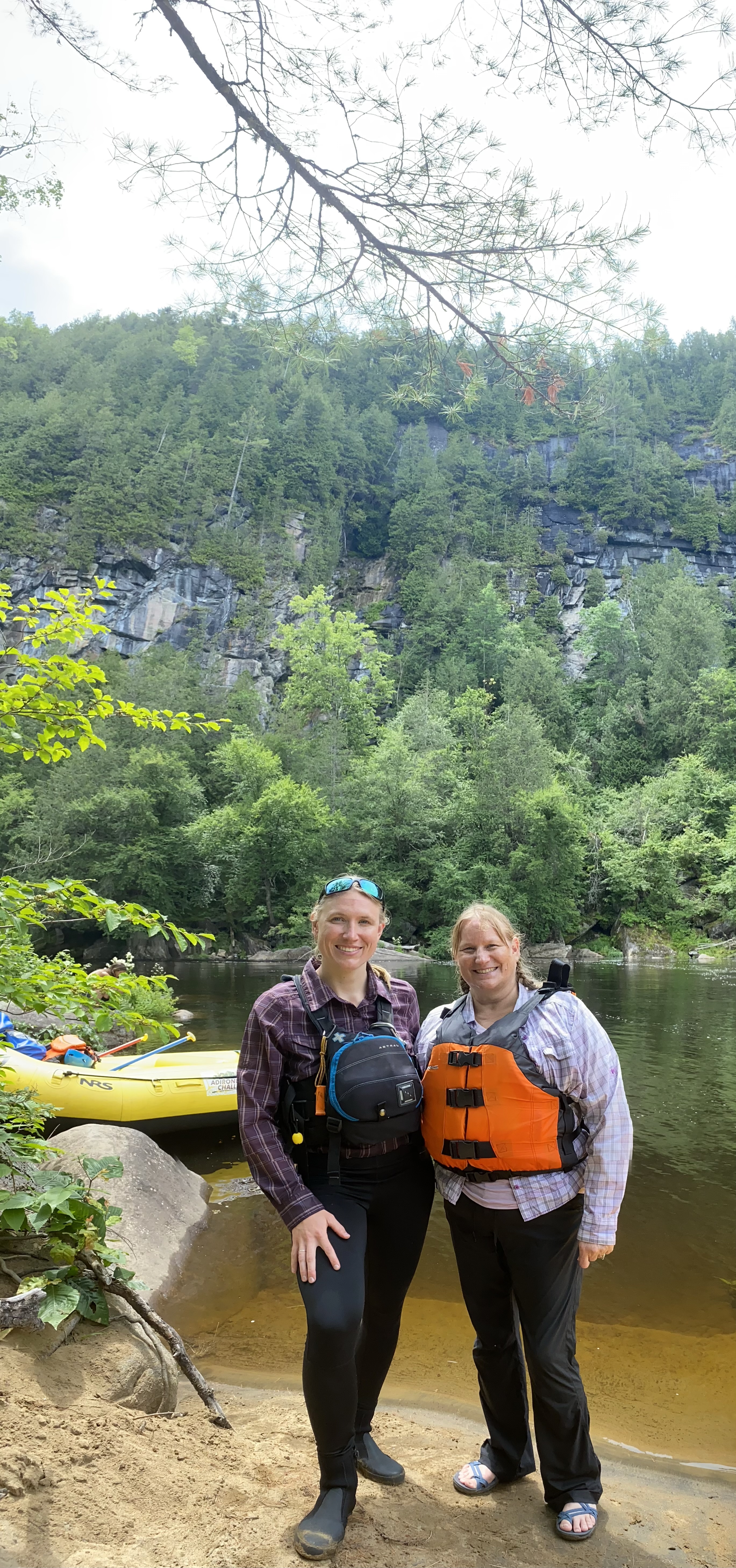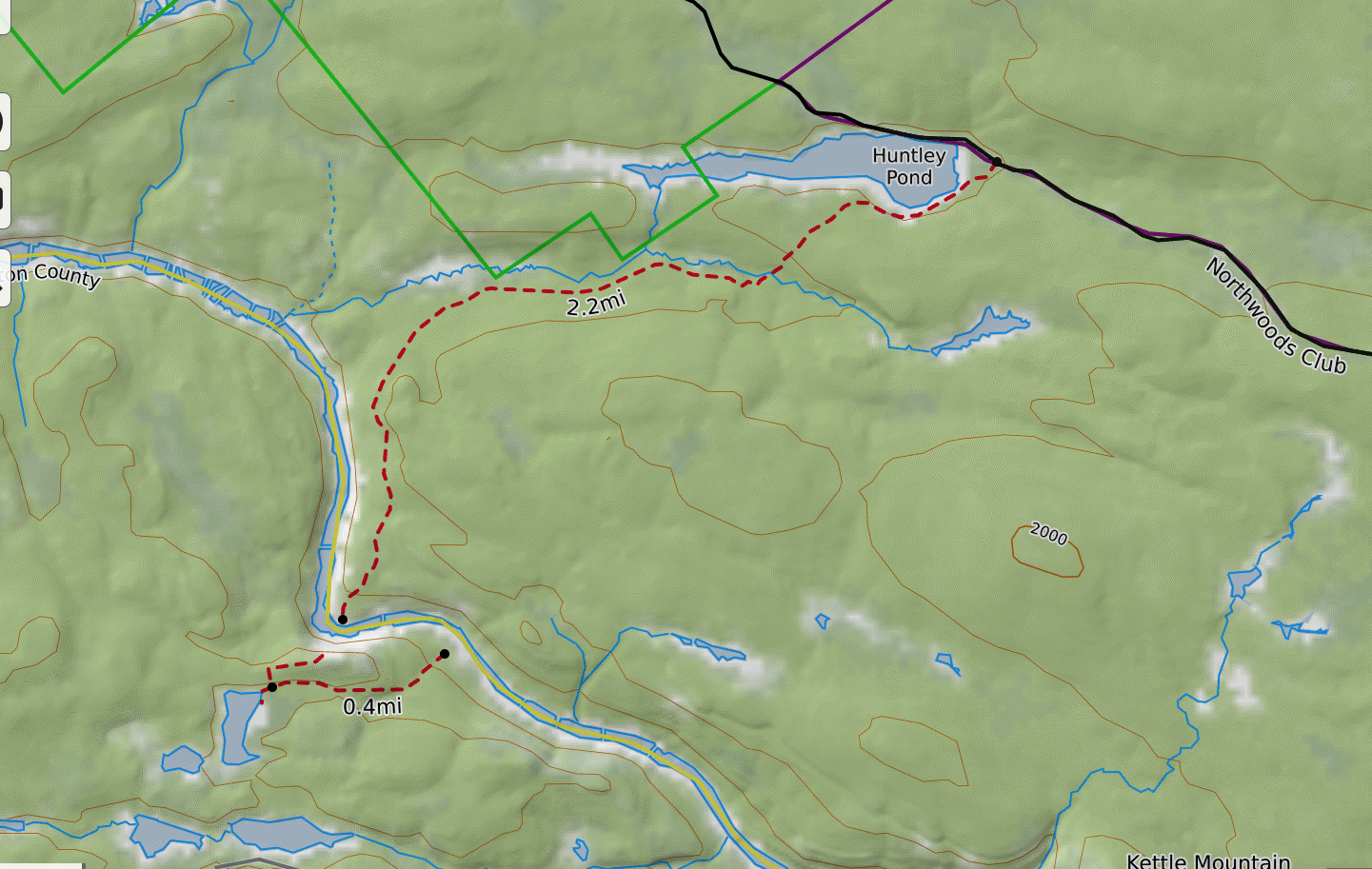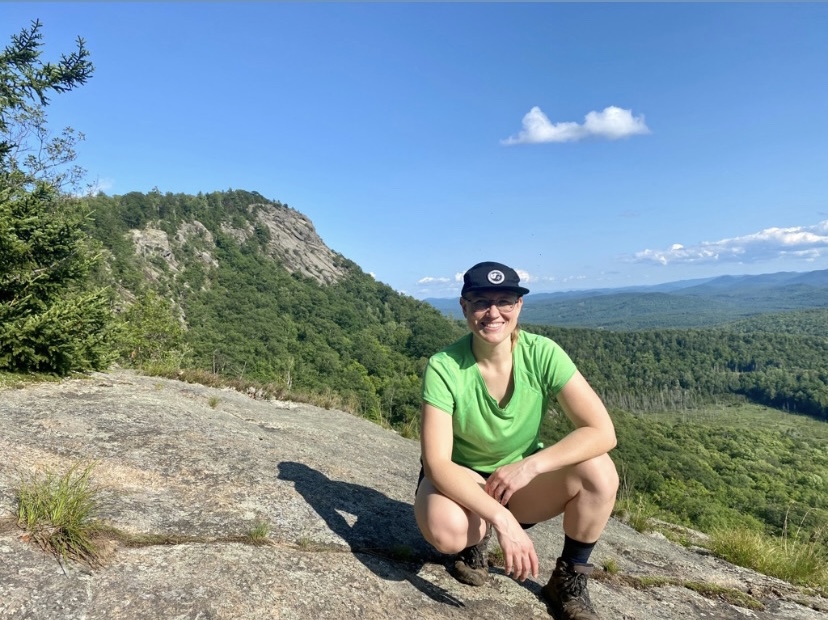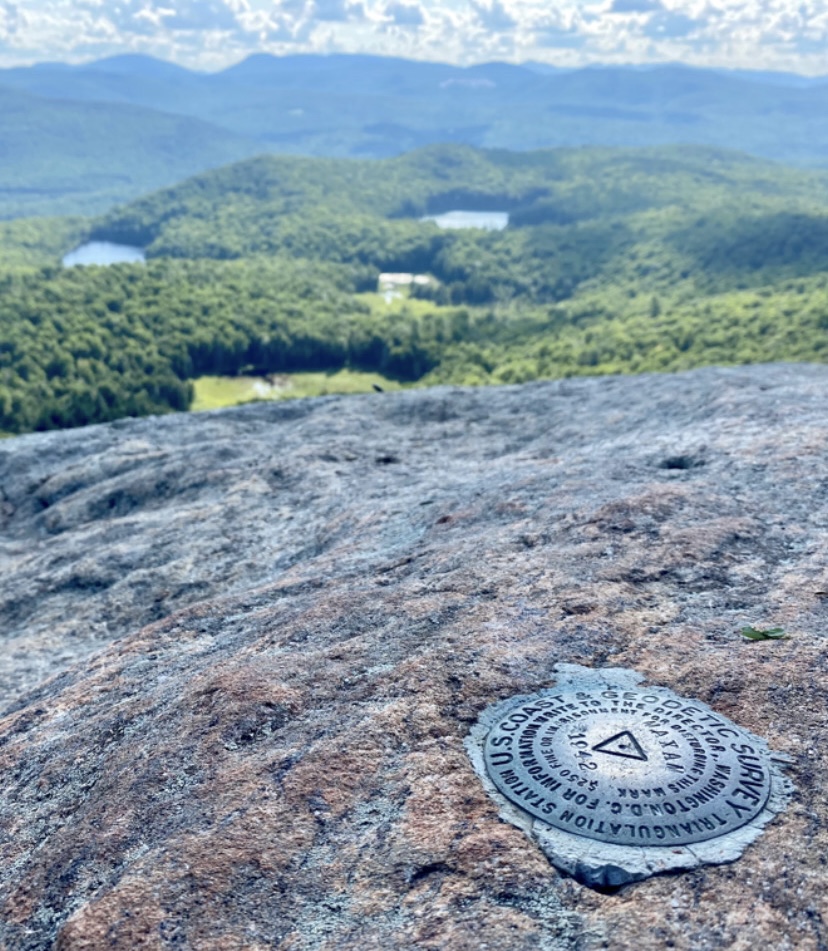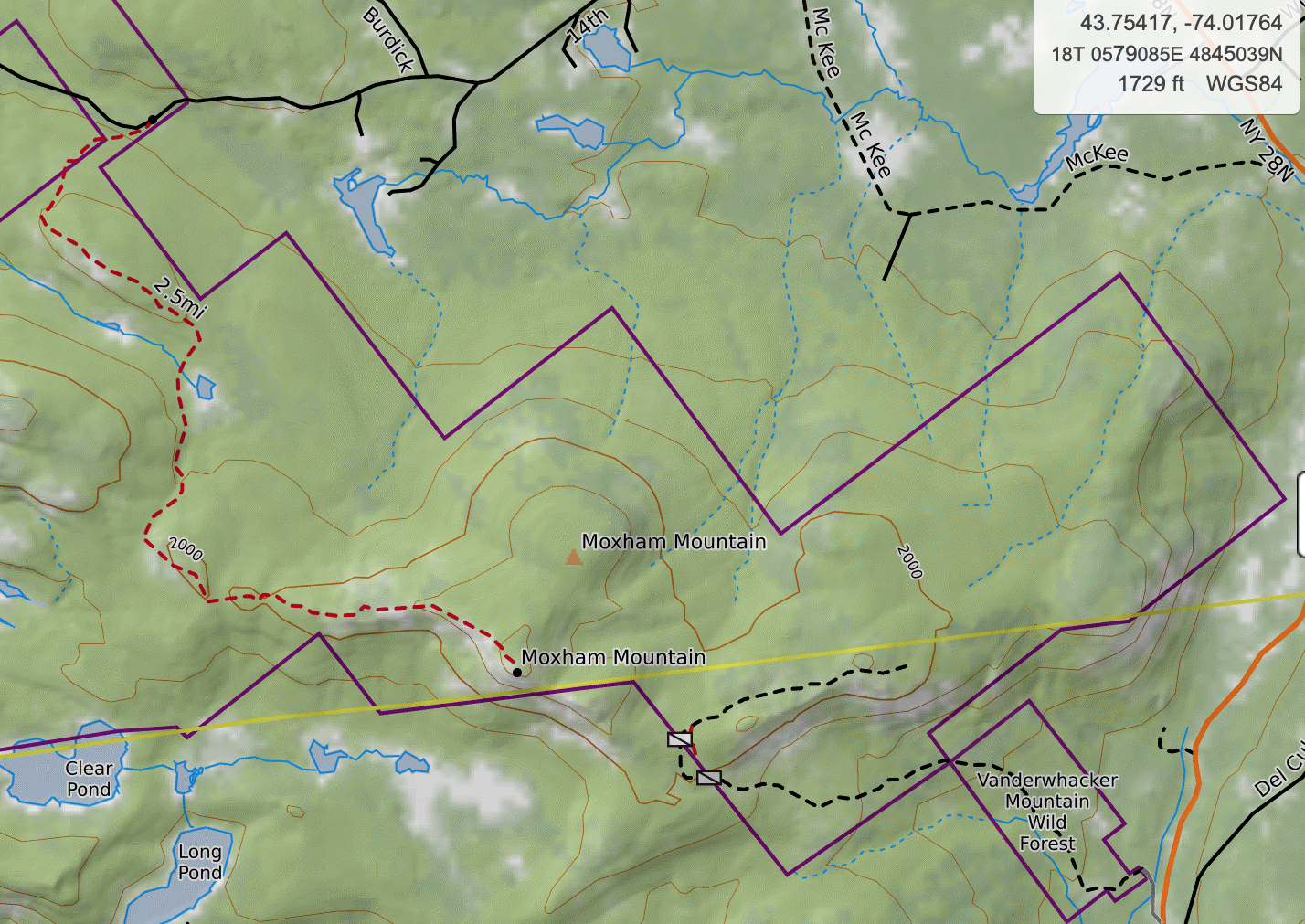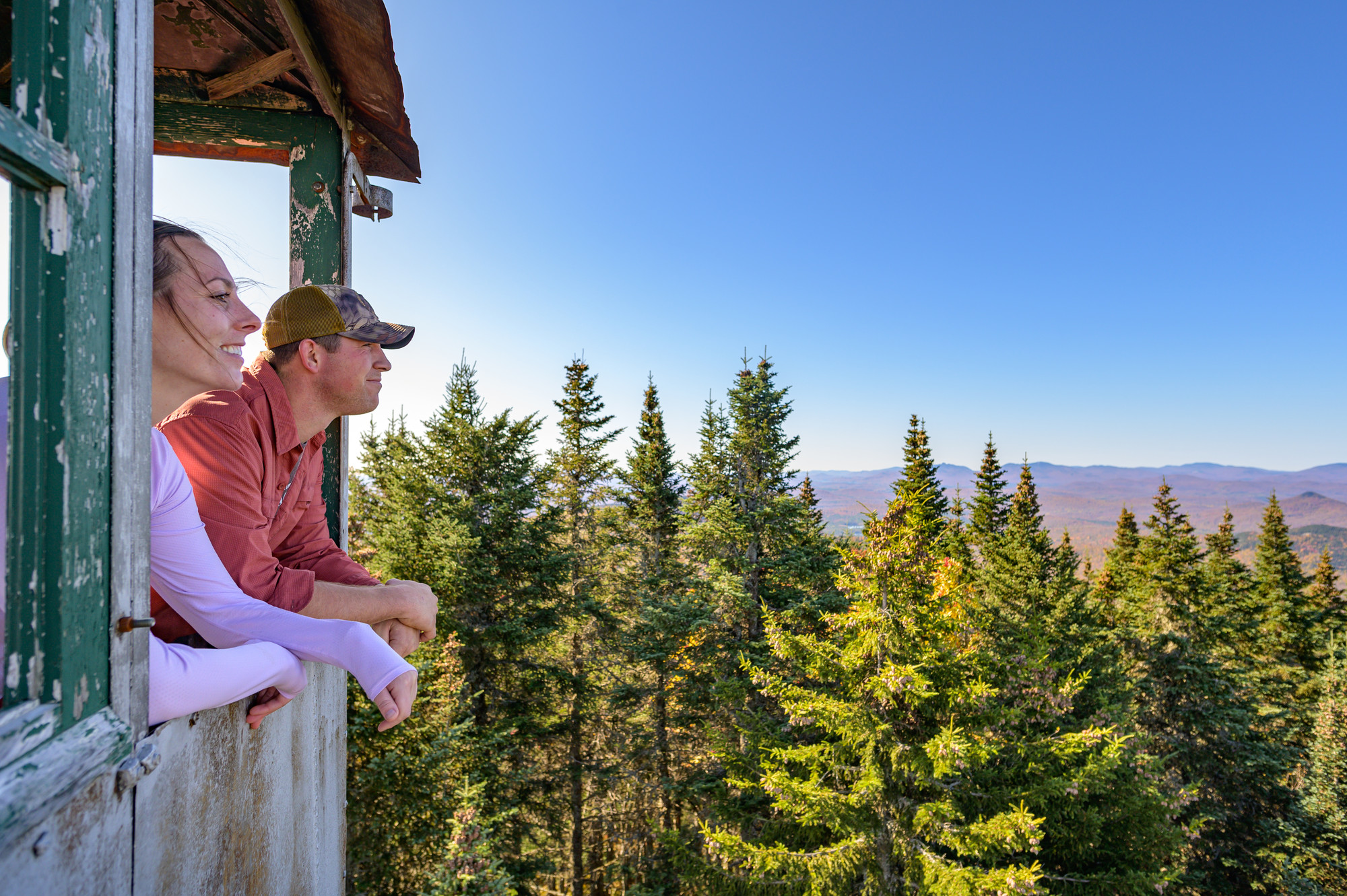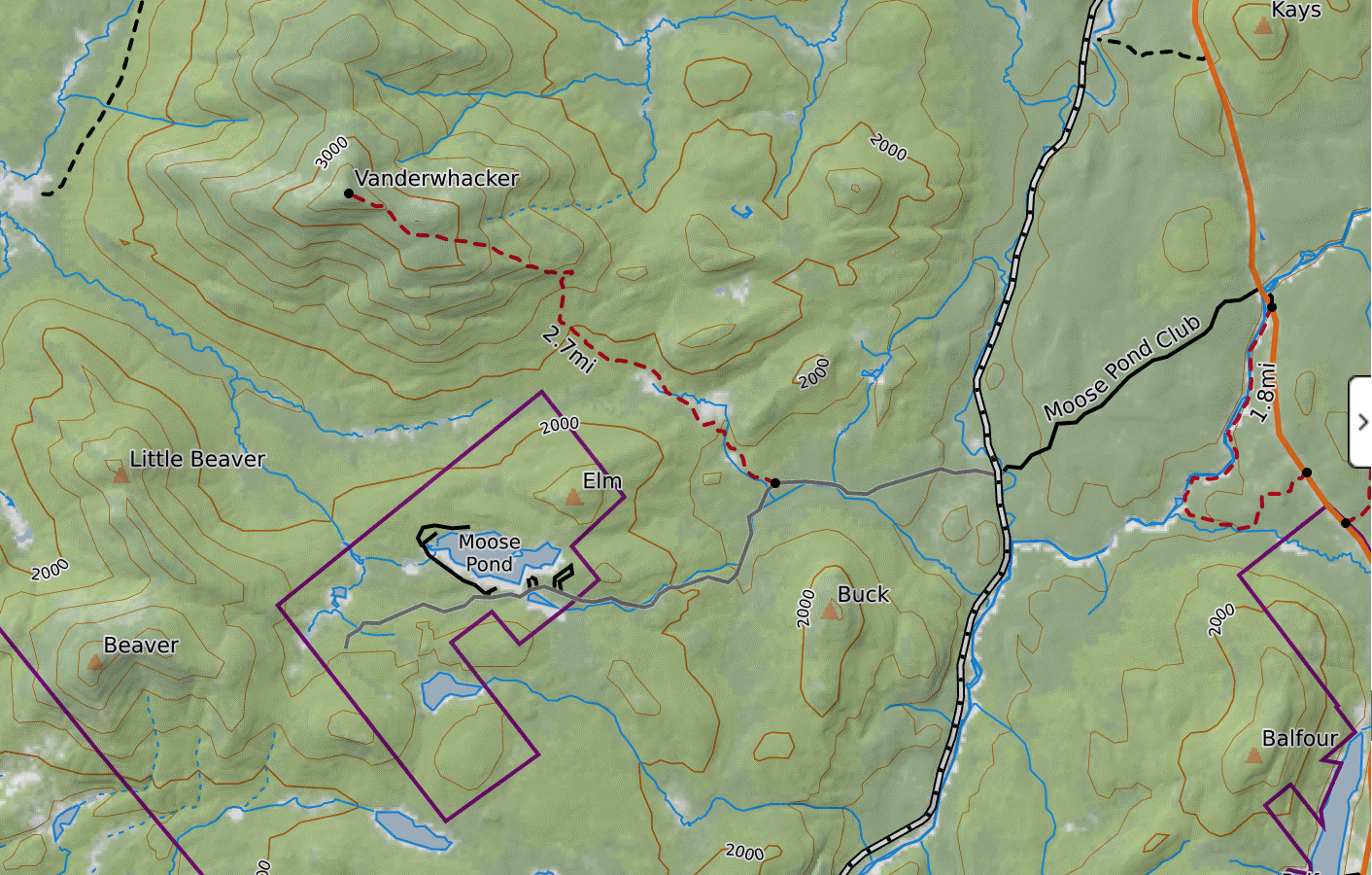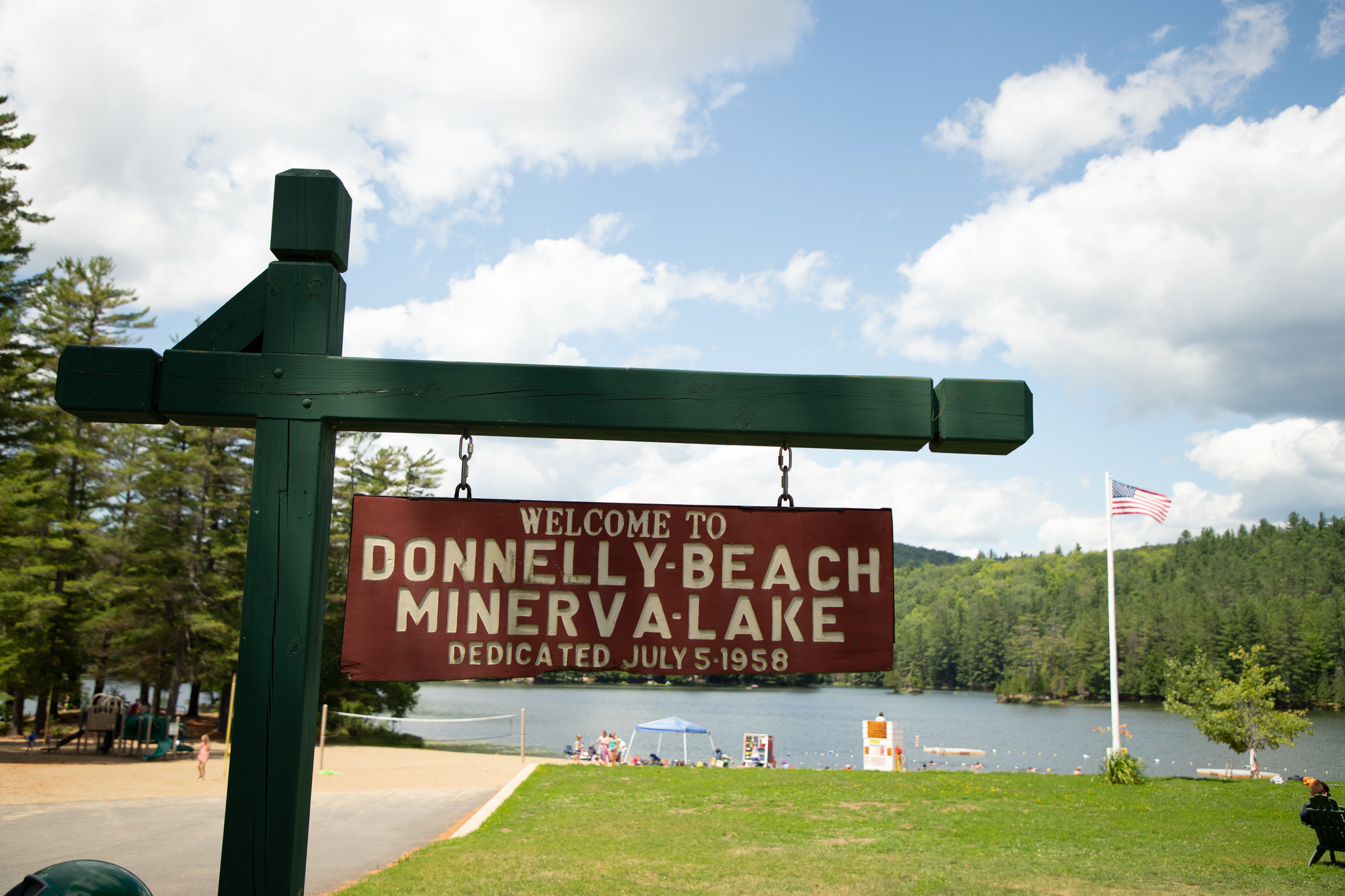Winter Hiking in the Adirondack Hub
Serene snow hikes for every winter adventurer
Ready to have some fun in the snow without biting off more than you can chew? If you prefer adventure over avalanches, these hikes have you covered! Winter exploration in the Adirondack Hub doesn’t have to mean grueling climbs and risky routes—the Hub offers a variety of easy, easy-to-moderate, and challenging trails that let you embrace the thrill of winter without navigating high-altitude peaks. It's the perfect way to get outside, enjoy fresh air, and take in the beautiful Adirondack scenery—no advanced mountaineering skills (or survival tales) required. So bundle up, grab your sense of adventure, and let’s hit the trails!
While these easy trails offer plenty of fun, it’s still important to stay safe while winter hiking. Before heading out, make sure to check the weather forecast—conditions can change quickly, especially in the mountains. Dress in layers to stay warm, and don’t forget to wear waterproof boots with good traction to avoid slipping on ice. If there’s enough snow, bring your snowshoes, and consider packing microspikes or crampons for extra grip on icy sections! Carry essentials like a map, compass, or GPS, and always let someone know your planned route and return time. It’s also a good idea to bring a fully charged phone, snacks, and plenty of water, as even easy hikes can be more demanding in the cold. Stay aware of trail conditions and be prepared to turn back if the weather worsens or if the trail becomes too difficult. And, as always, remember to follow Leave No Trace principles. With the right preparation, you can enjoy a safe, fun adventure in the winter wonderland of the Adirondacks!
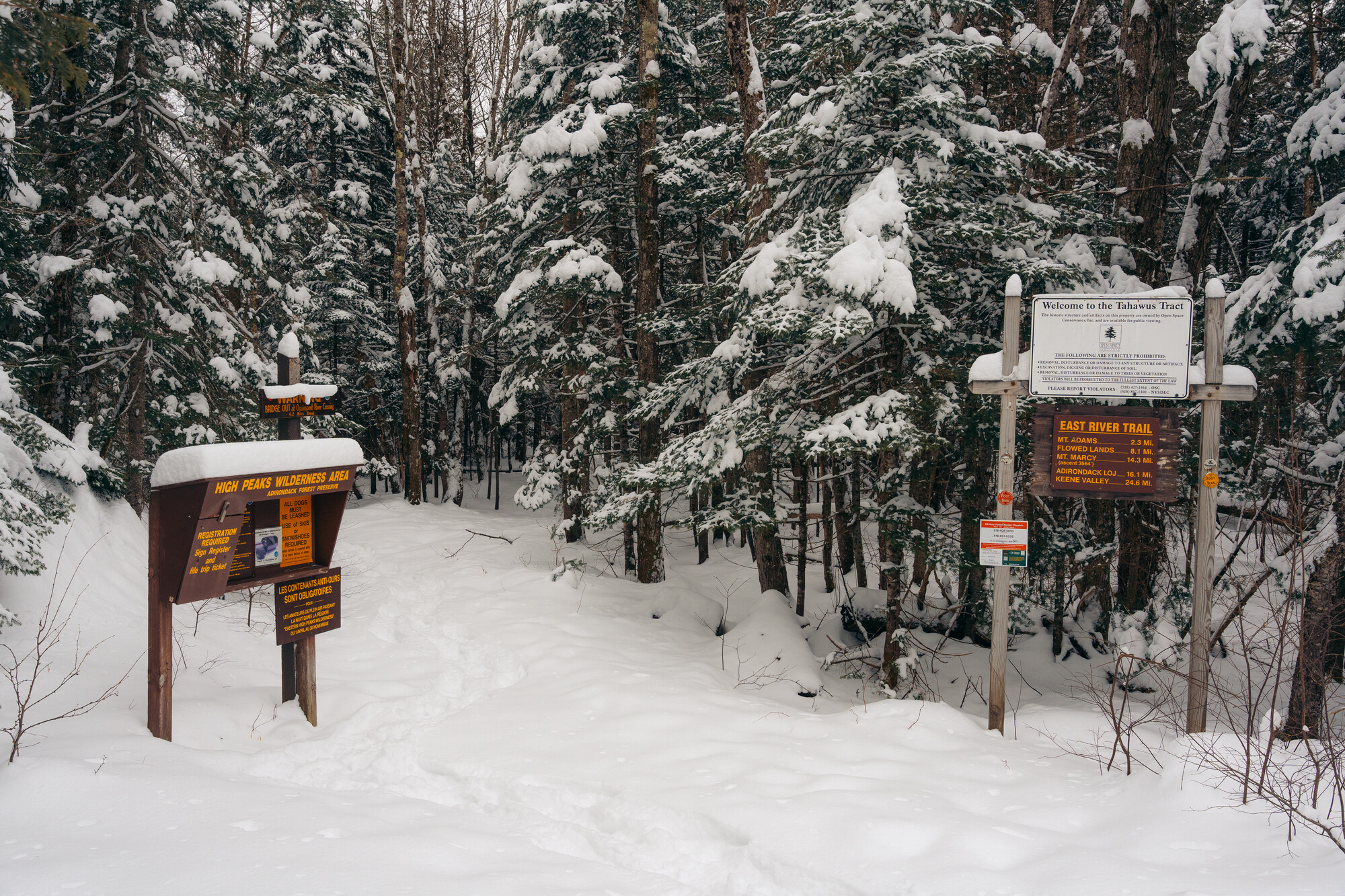
Mt. Severance
Winter hiking on Mount Severance in Schroon Lake, New York, offers a fun, easier option for enjoying the season’s beauty with breathtaking views and gentle terrain. The 1.2-mile trail reaches an elevation of 1,693 feet, with a total elevation gain of 744 feet, making it perfect for those seeking a manageable yet rewarding winter outing.
Located just half a mile south of the intersection of Route 74 and State Route 9, the hike begins with a unique passage through tunnels beneath I-87 before leading to the trailhead and register. From there, the well-marked path winds through a variety of terrain, with the steepest section appearing about three-quarters of a mile in. Along the way, two spectacular outlooks offer sweeping views of the surrounding Adirondack region—one with views of Schroon Lake and another showcasing Paradox Lake. At just 2.4 miles round-trip, this hike can be completed in under two hours, making it a perfect winter outing for hikers of all ages looking to enjoy the outdoors without the intense climb.
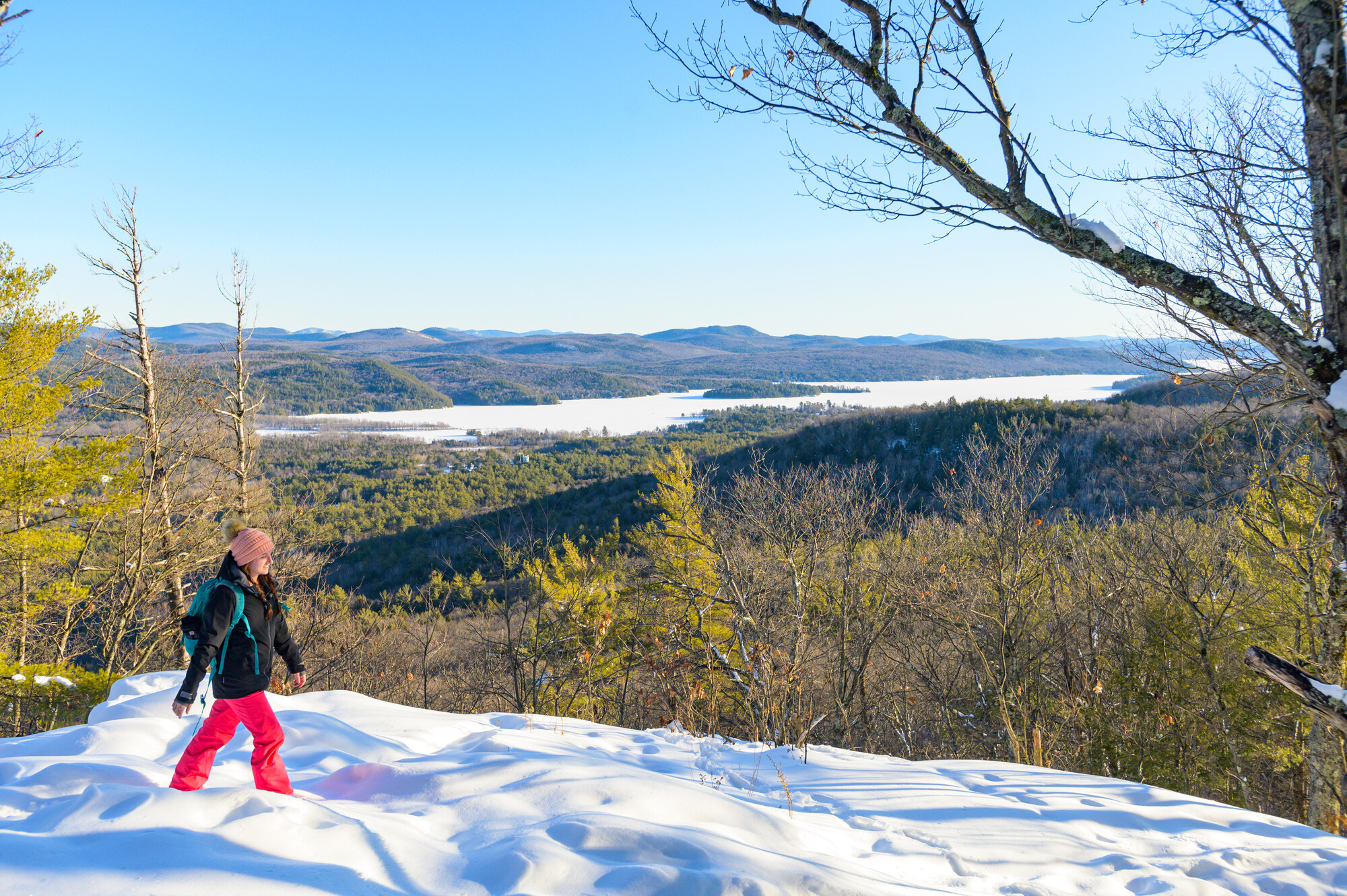
Great Camp Santanoni to Newcomb Lake
The 9.0-mile out-and-back trail from Great Camp Santanoni to Newcomb Lake offers an easy route with stunning views and rich history. With a total elevation gain of 698 feet, the trail typically takes around 3 hours to complete. It’s a well-loved route all year, with seasonal activities such as backpacking, camping, and cross-country skiing. The path follows a relatively level route from Newcomb Lake Road to Camp Santanoni, a historic site in Adirondack Park with several original buildings dating back to the late 19th and early 20th centuries. Dogs are welcome on the trail as long as they are kept on a leash, making it a great option for hiking with your furry companion.
Along the way, hikers will find beautiful campsites perfect for spending a night by the lake, making this an ideal destination for those looking to enjoy the outdoors and experience a piece of Adirondack history. The campsites are especially great in the warmer months, but for those willing to brave the cold, winter camping offers a peaceful and serene experience with stunning snow-covered views.
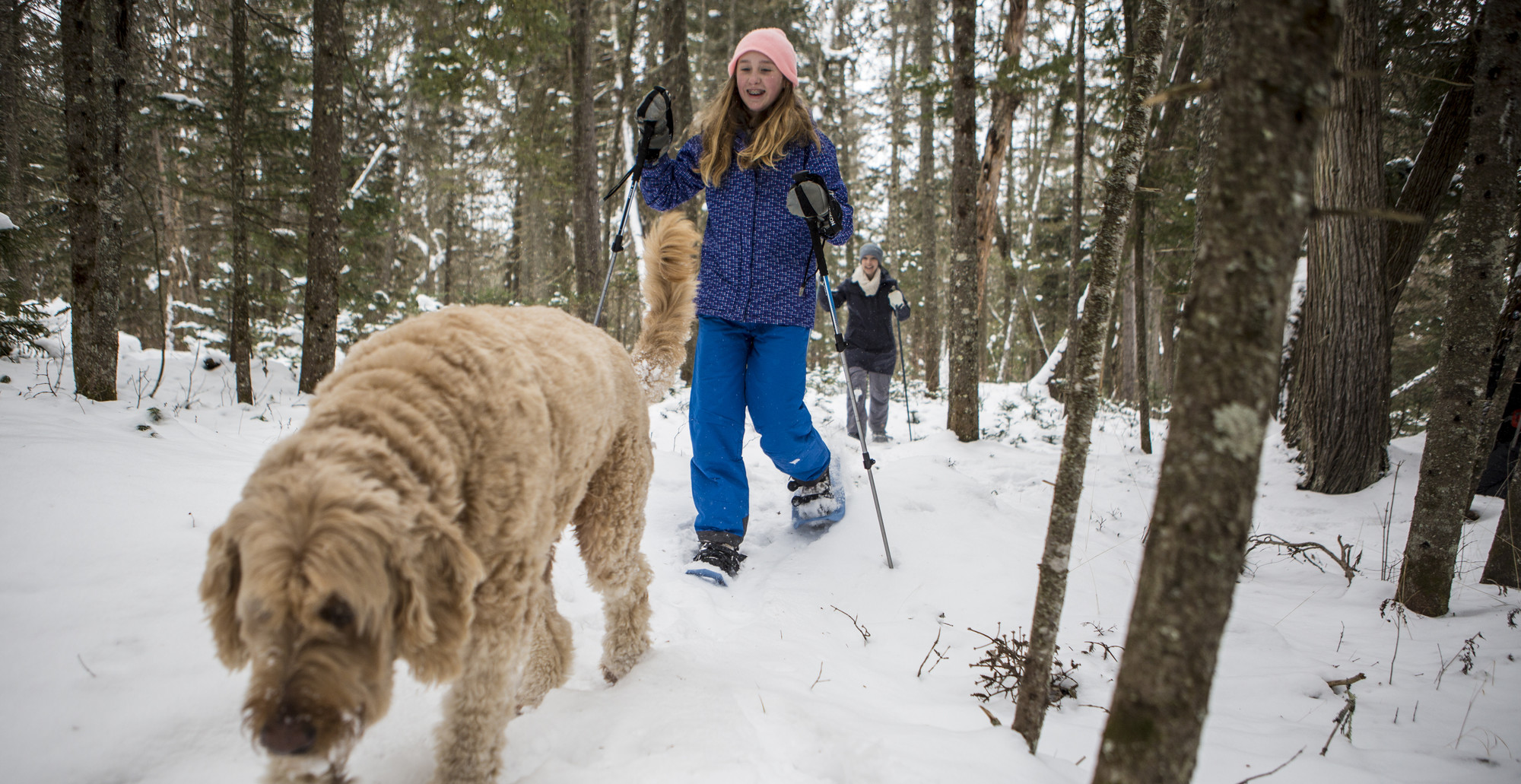
Calamity Brook Trail
Calamity Brook Trail offers a scenic route that connects to a variety of challenging peaks, including the highest of the Adirondack 46ers, Mount Marcy. While it's a great choice for seasoned hikers looking to summit high peaks, those preferring easier day hikes can stick to the base of the high peaks for stunning views without the need for advanced preparedness. A popular option is hiking from Calamity Brook Trail to Flowed Lands, a 9.4-mile round trip that offers amazing views of the valley and Mount Colden. Starting from the parking area at Upper Works, the trail is mostly flat for the first 1.6 miles before beginning a steady climb to Flowed Lands at 4.5 miles. For those wanting a longer adventure, the trail continues to Lake Colden, adding up to a 10.6-mile round trip with an elevation gain of 1,325 feet. Whether you're aiming for an easy hike or pushing toward a summit, Calamity Brook Trail offers something for everyone, allowing you to build your own winter adventure!
To reach the Calamity Brook Trail, take Exit 29 from I-87 and head west onto Blue Ridge Road (CR 84). Follow this road for 17.4 miles until you reach an intersection with multiple signs, then turn right onto Tahawus Road (CR 25). Continue for 6.3 miles and then turn left onto Upper Works Road at the street sign. Follow Upper Works Road for 9.9 miles, where you'll arrive at the trailhead at the end of the road.
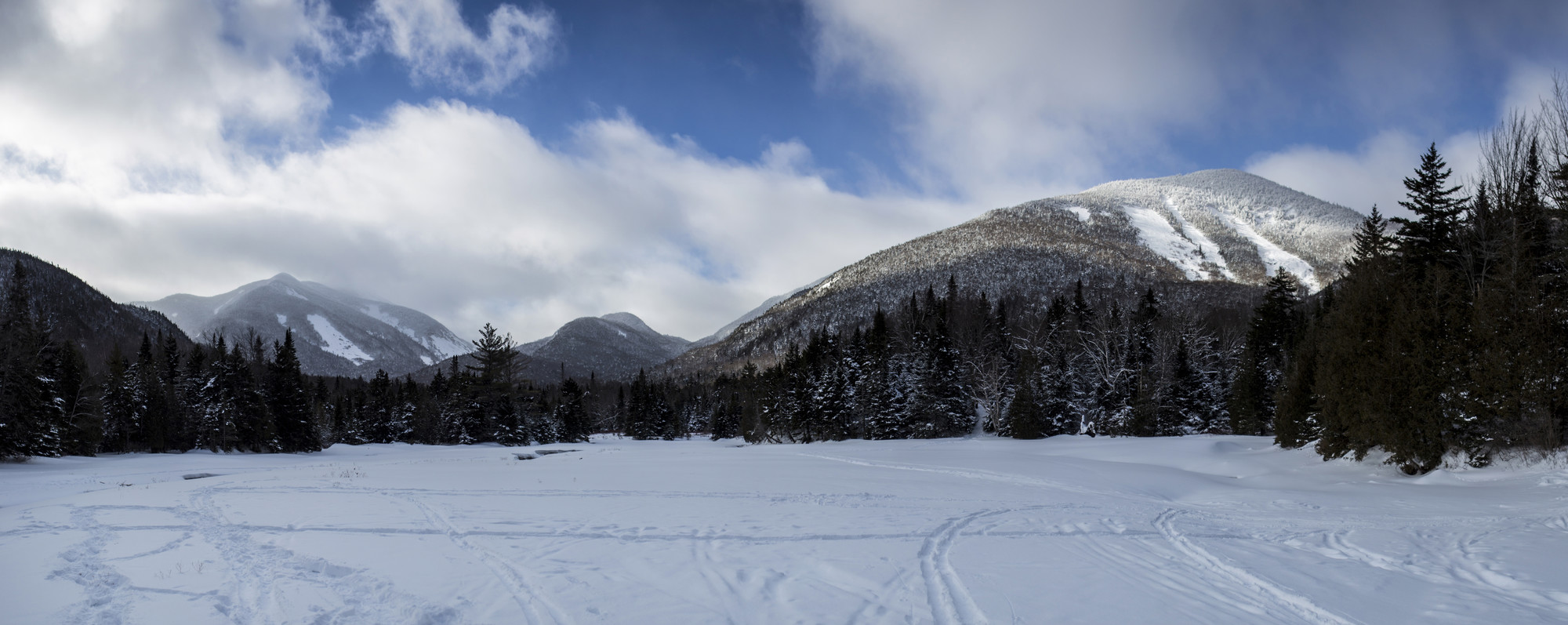
Goodnow Mountain
Hiking Goodnow Mountain in the winter offers a rewarding adventure with beautiful views and a moderate challenge. The 4-mile round trip trail gains 1,075 feet in elevation, reaching a summit of 2,664 feet. The hike begins with a steady to moderate climb for about 1 mile, passing a small brook at 0.5 miles. At 0.9 miles, the trail sharply turns left, descending briefly before continuing the ascent. At 1.4 miles, you’ll encounter a concrete platform, remnants of a State Police radio repeater station, followed by an old horse barn dating back to the early 1900s. As the trail becomes rockier and steeper, the trees transition from hardwoods to spruce and balsam. At 1.8 miles, a small open rock provides a scenic view before the summit is reached at 2 miles.
At the summit, you’ll find a 60-foot fire tower—one of the tallest in the Adirondacks. While there are some views at ground level, the best panoramas are from the tower, where you can also look directly down onto the roof of the old observer’s cabin. This trail is not recommended for cross-country skiing but makes for a great snowshoeing experience. However, be cautious at the fire tower in winter, as the stairs can be very slippery and dangerous, and expect high winds and a serious wind chill at the top. The trail is heavily used, so it typically gets broken out quickly after a snowstorm, making it a great winter hike for those seeking stunning views and a bit of a challenge.

Moxham Mountain
For a moderate challenge and spectacular winter views, check out Moxham Mountain. This 5.3 mile roundtrip hike, with an elevation gain of 1,300 feet, begins with an immediate climb, though the entire ascent remains manageable. You'll be rewarded early on with a scenic view from the first ridge bump. The trail then leads to a descent to a dried-up beaver pond and brook crossing, creating a peaceful, picturesque spot. After crossing the brook, the climb continues through a shallow valley and reaches a scenic ridge that offers some of the best views in the Adirondacks.
Once on the ridge, the summit is just a short distance away, and you'll soon see the sheer ledge that marks the top. From the summit, enjoy panoramic views of the Indian Lake high summits and the High Peaks Wilderness on the opposite side. Moxham Mountain is a popular snowshoeing destination in the winter, but it’s not suitable for cross-country skiing. If you're looking for a moderate, rewarding winter hike with breathtaking views, this trail is a must.
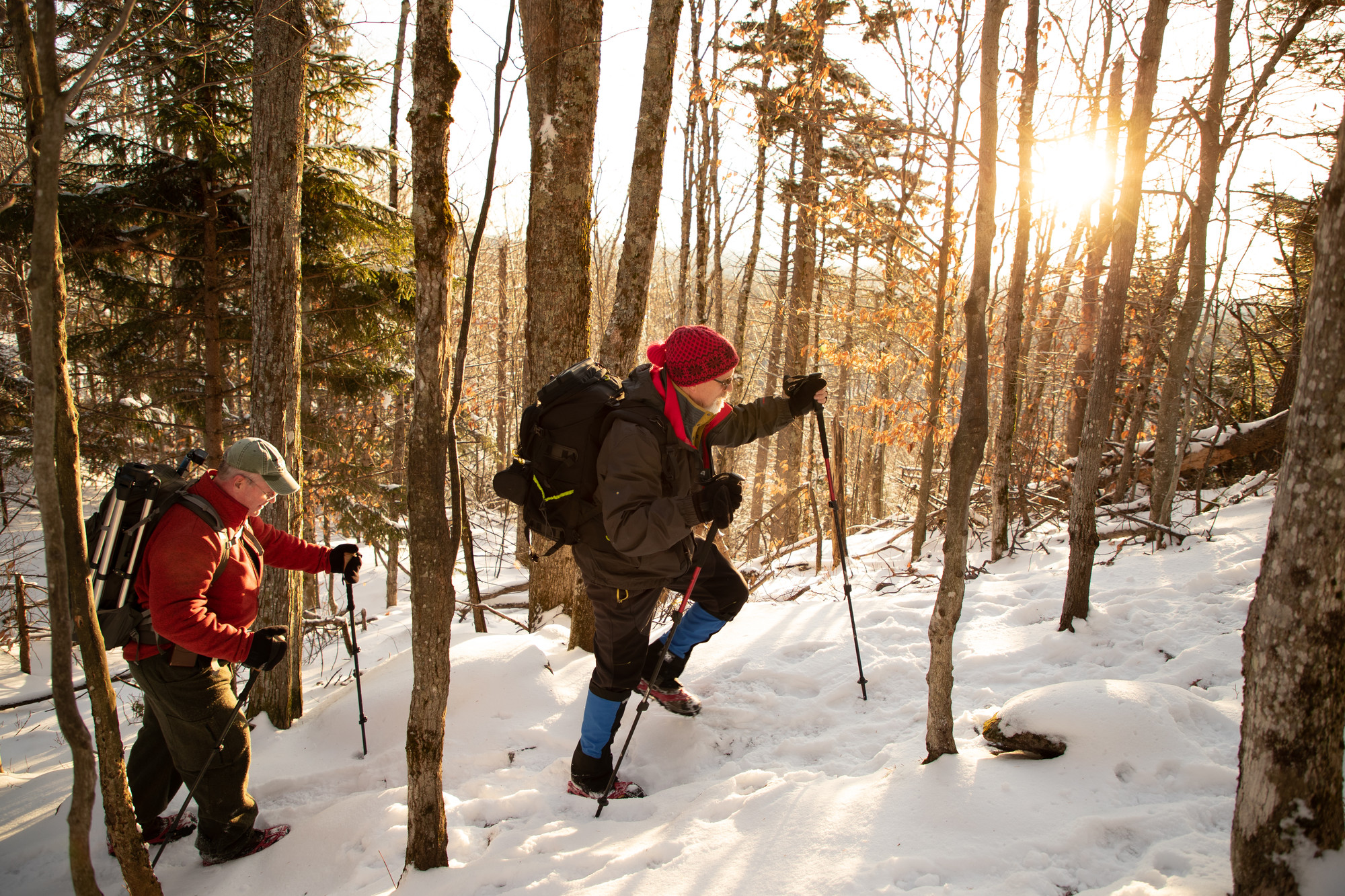
Vanderwhacker Mountain
Vanderwhacker Mountain offers a 5.4-mile round trip with an elevation gain of 1,700 feet, making it a moderately challenging hike with spectacular winter views. From the trailhead, you'll follow a moderate path with gentle elevation changes. Around 1.5 miles in, you’ll pass the old observer's cabins before the trail steepens significantly, gaining much of the elevation in the final push. The trail levels out as you approach the fire tower, rewarding you with a breathtaking panoramic view.
From the fire tower, you can see the High Peaks to the north and the Boreas River valley to the east. In winter, the summit is blanketed in snow, with tall firs and birches providing a beautiful, frosty backdrop. For safety, be cautious on the exposed steps of the tower, as they can be slippery, and remember to remove any traction devices like microspikes or snowshoes before ascending, as they could damage the steps. The steep final push makes this trail unsuitable for cross-country skiing, and visitors may need to park on the main road in winter. But if you're looking for a rewarding winter hike with stunning views, Vanderwhacker Mountain is a must-try.
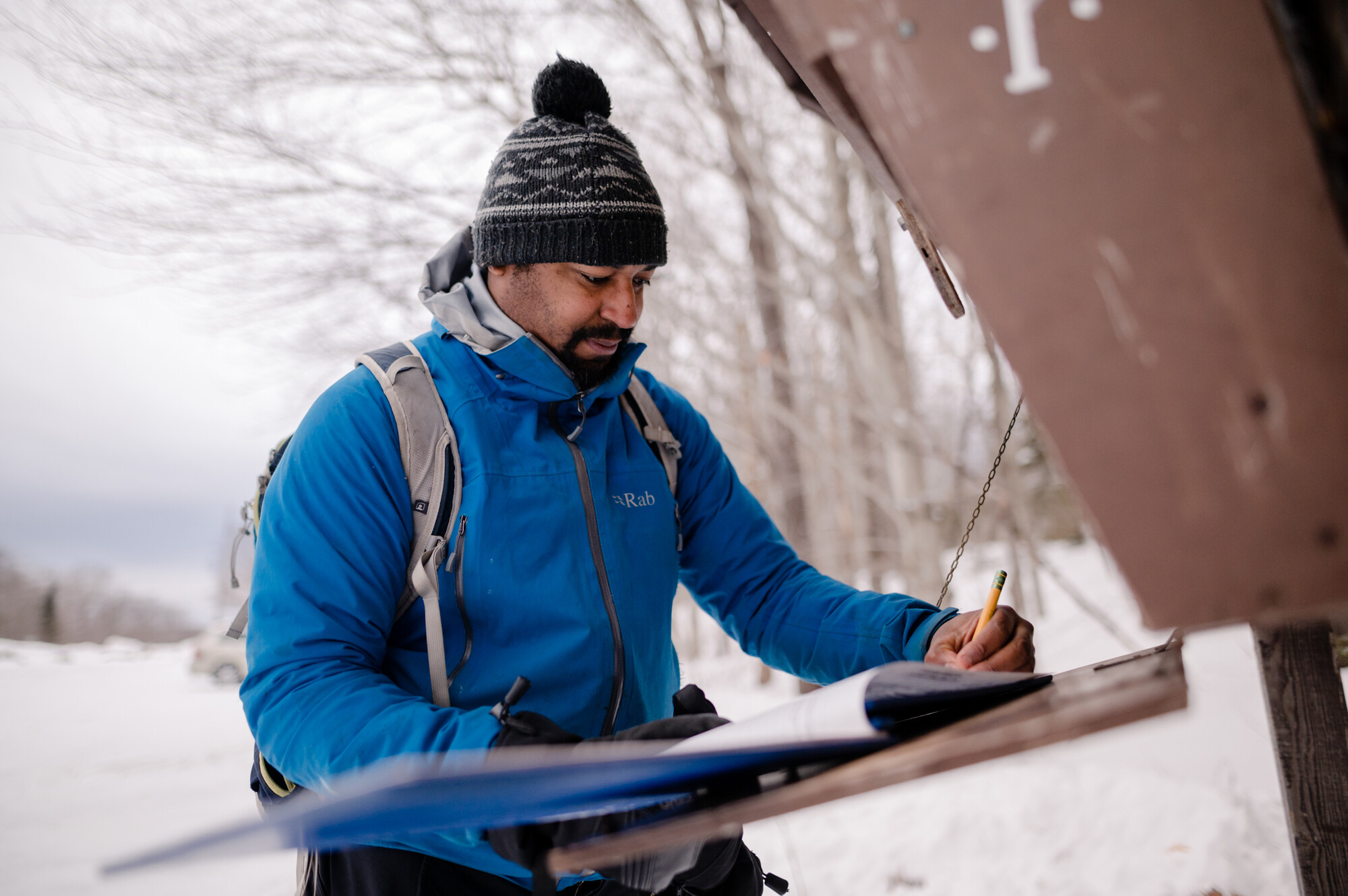
Pharaoh Mountain
Pharaoh Mountain offers a rewarding 11-mile roundtrip hike with an elevation gain of 1,965 feet. Starting at Crane Pond, the hike begins with a long, flat stretch as you cross a bridge over the outlet and follow the path for 0.7 miles to a junction. From there, the trail gradually climbs, steepening at 1.9 miles as you approach the summit. By 2.9 miles, you’ll reach the rocky summit, where you’re greeted with 360-degree views of the vast Pharaoh Lake Wilderness Area, making the challenging climb well worth the effort.
In the winter, skiing along Crane Pond Road is a fun, scenic experience, but snowshoes are recommended for the mountain ascent, as the terrain can be more demanding. Once at the summit, enjoy stunning views of the surrounding landscape, including the frozen expanse of Pharaoh Lake and the distant peaks of the Adirondacks. With its combination of a solid climb and breathtaking panoramic views, Pharaoh Mountain is an ideal winter hike for those ready to tackle a longer trail.
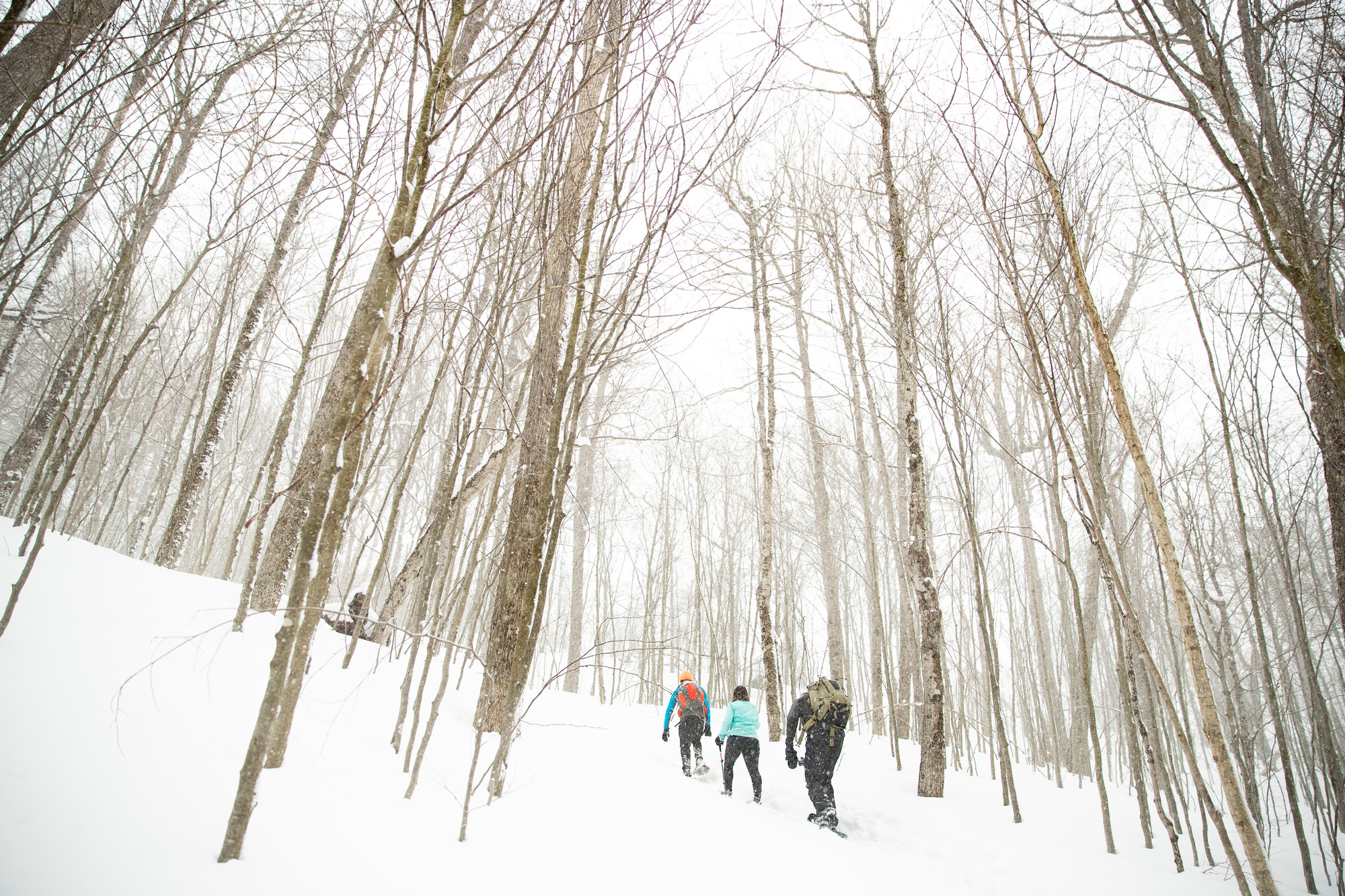
Mt. Adams
Mount Adams is one of the more challenging hikes on this list, but for those ready to tackle its steep ascent, the views and the hike itself are incredibly rewarding. At 5.2 miles roundtrip with an elevation gain of 1,800 feet, this hike takes you to a summit of 3,520 feet, where you'll find a 47-foot steel fire tower. Originally used by New York State for forest fire detection, the tower now offers hikers a stunning vantage point of the surrounding Adirondack High Peaks.
The first mile of the trail is relatively mellow, with some muddy sections near the Hudson River and Lake Jimmy. You'll pass the old fire tower observer's cabin and storage building at the 1-mile mark. From there, the trail becomes steeper, crossing a stream at 1.6 miles before the final push to the summit. As you climb, the terrain becomes rough and rocky, with the trail leveling off just before reaching the tower at 2.6 miles. While the ground-level views are limited, the panoramic views from the fire tower are spectacular. Skiing is not recommended due to the steep terrain, but advanced snowshoers looking for a challenge will find this hike satisfying. The trailhead is typically accessible in winter, so this is a great winter adventure for experienced hikers.
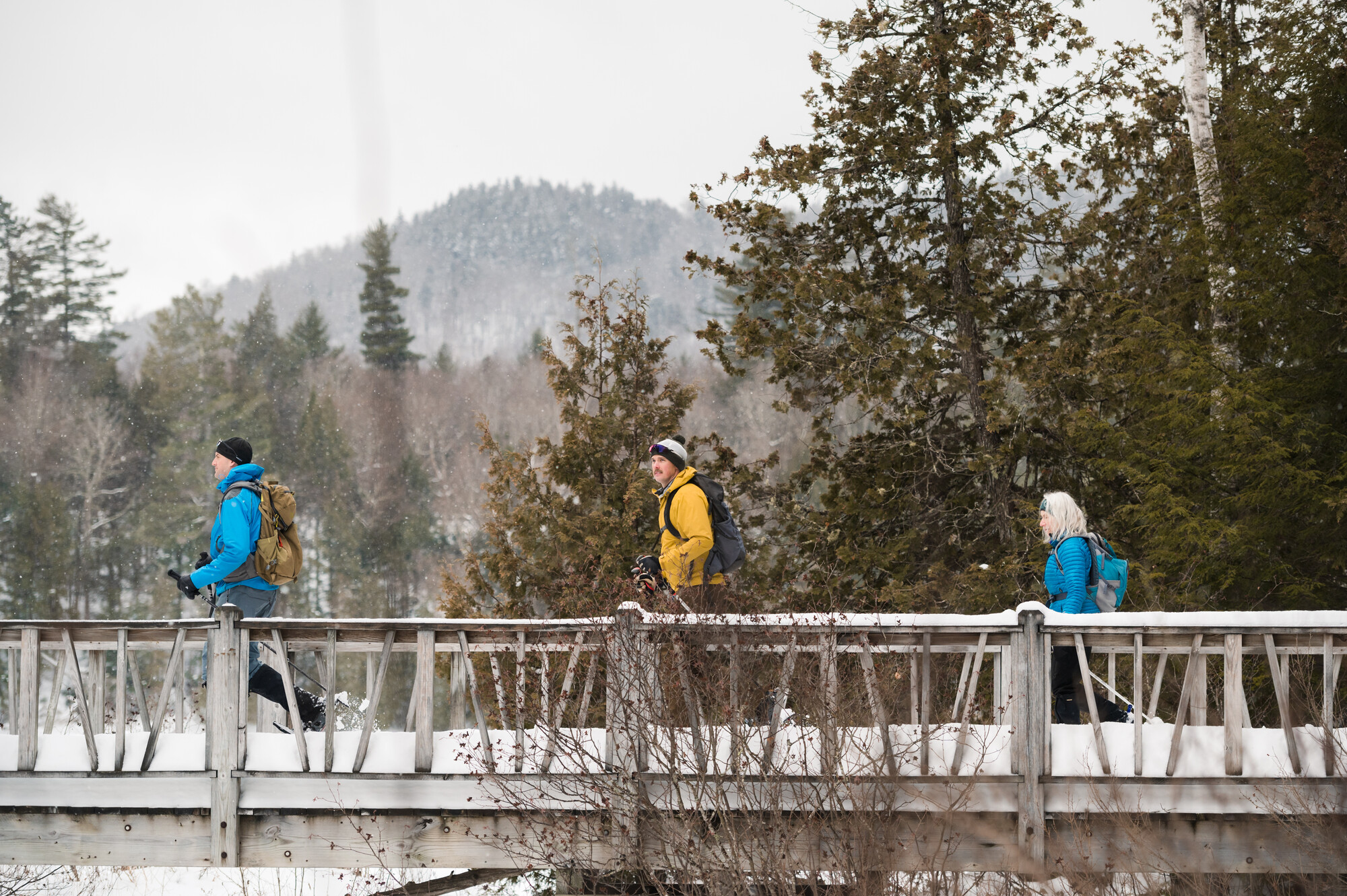
Plan your next winter hike!
This winter, take a break from alpine runs and embrace the beauty of the Adirondacks by hitting the trails for a winter hike. Whether you're looking for scenic views or a peaceful outdoor escape, there are plenty of easy to moderate hikes that allow you to enjoy the season without the worry of tackling treacherous high peak adventures. Just remember, preparation is key—dress in layers, pack your essentials, and always be mindful of the conditions. Be sure to bring snowshoes to avoid postholing and damaging the trails. With the right gear and a little planning, winter hiking can be a fun, rewarding way to explore the Adirondack Hub this season!
